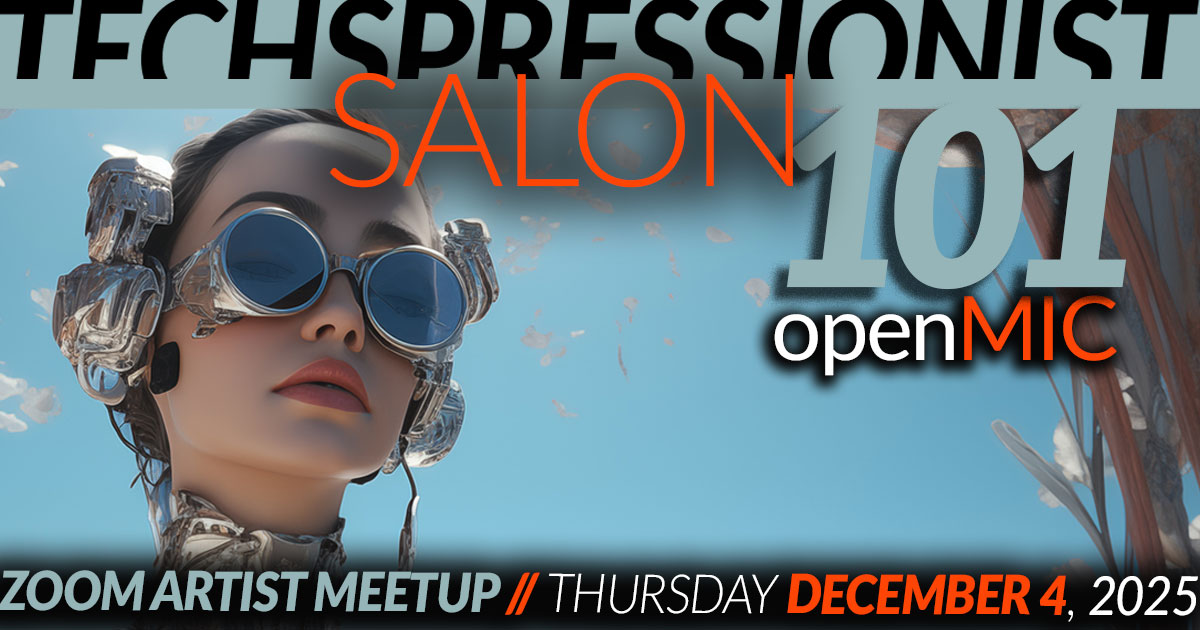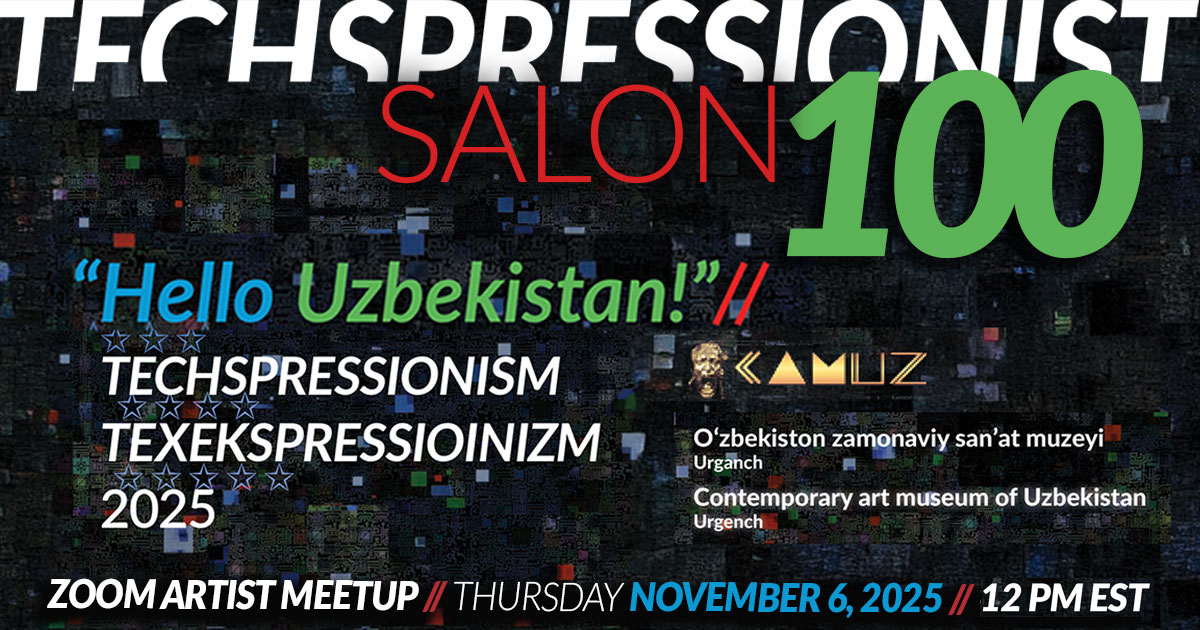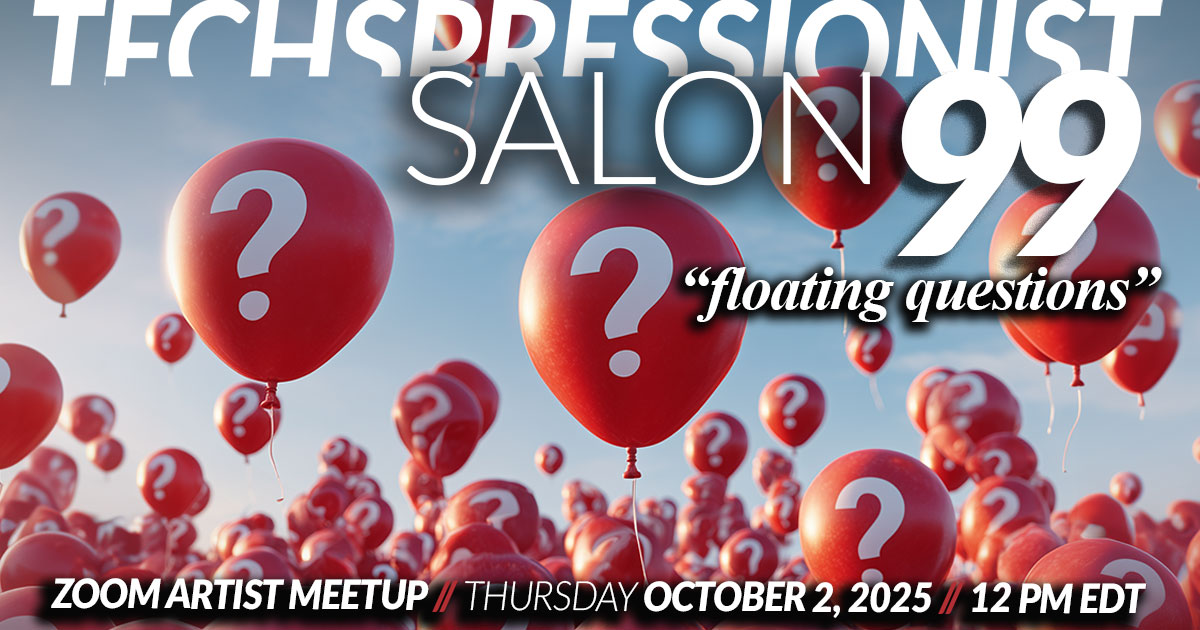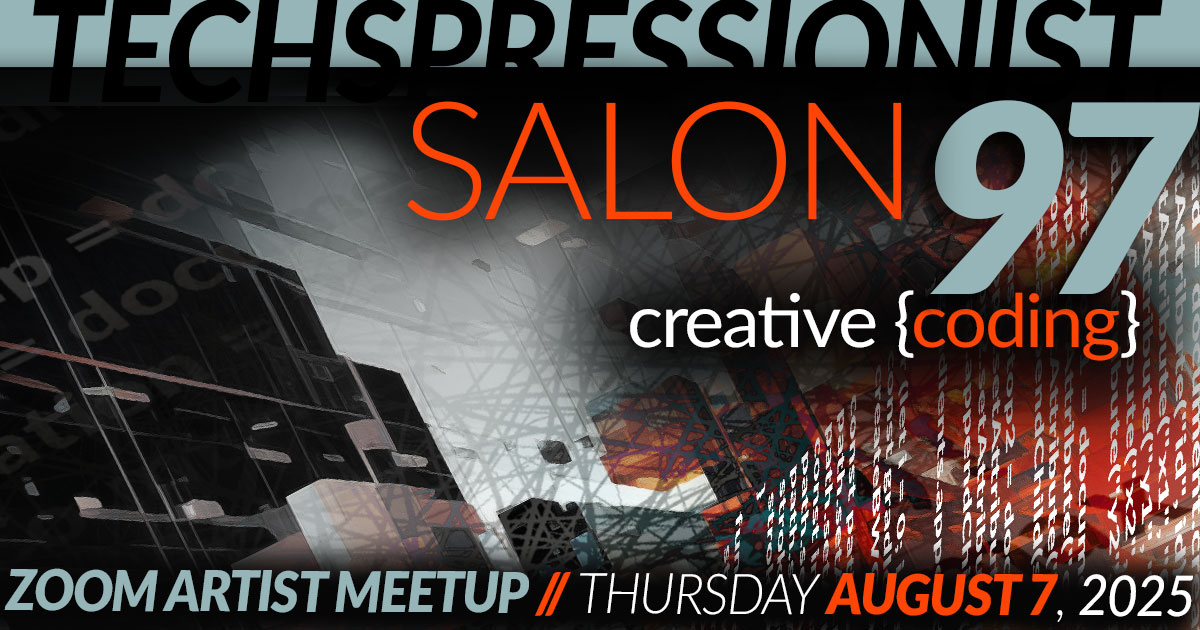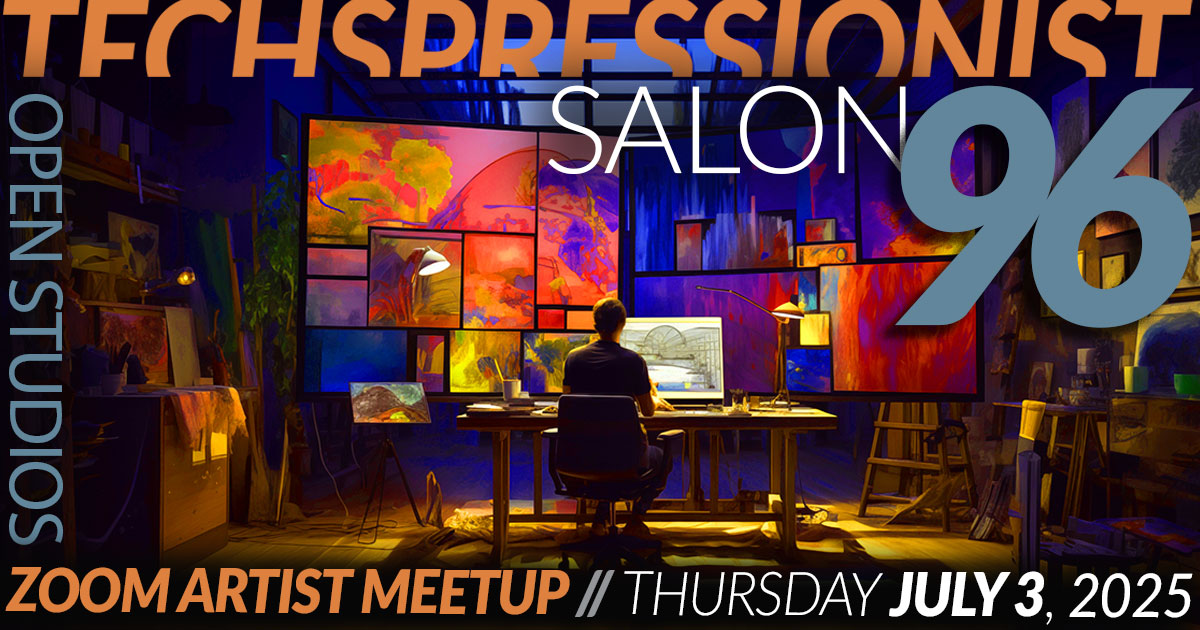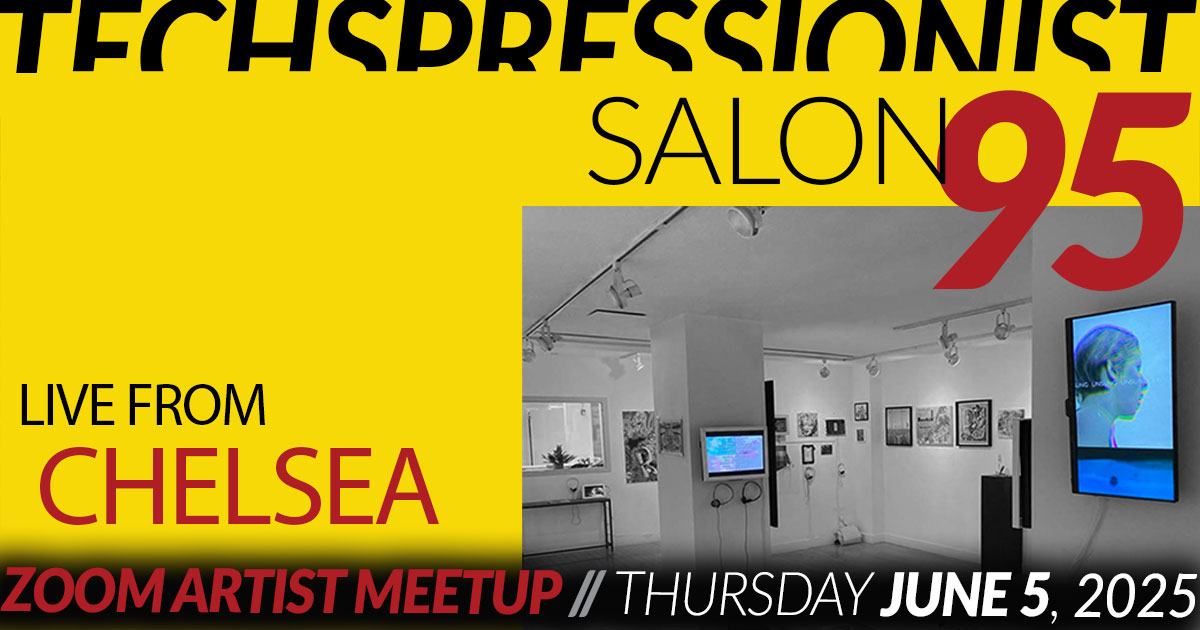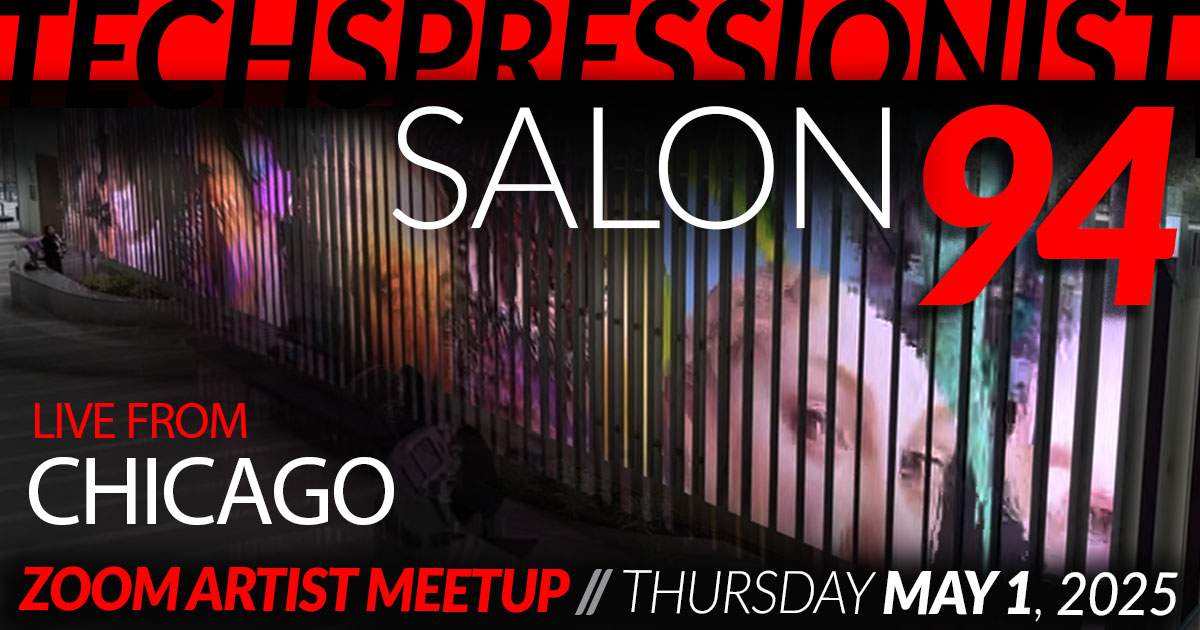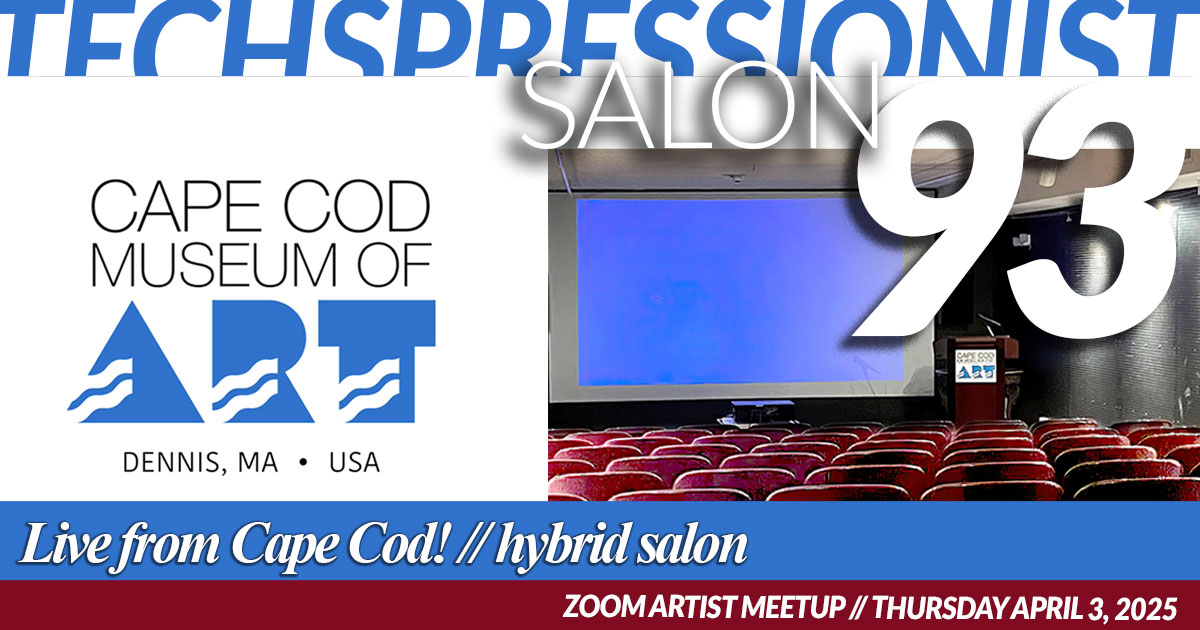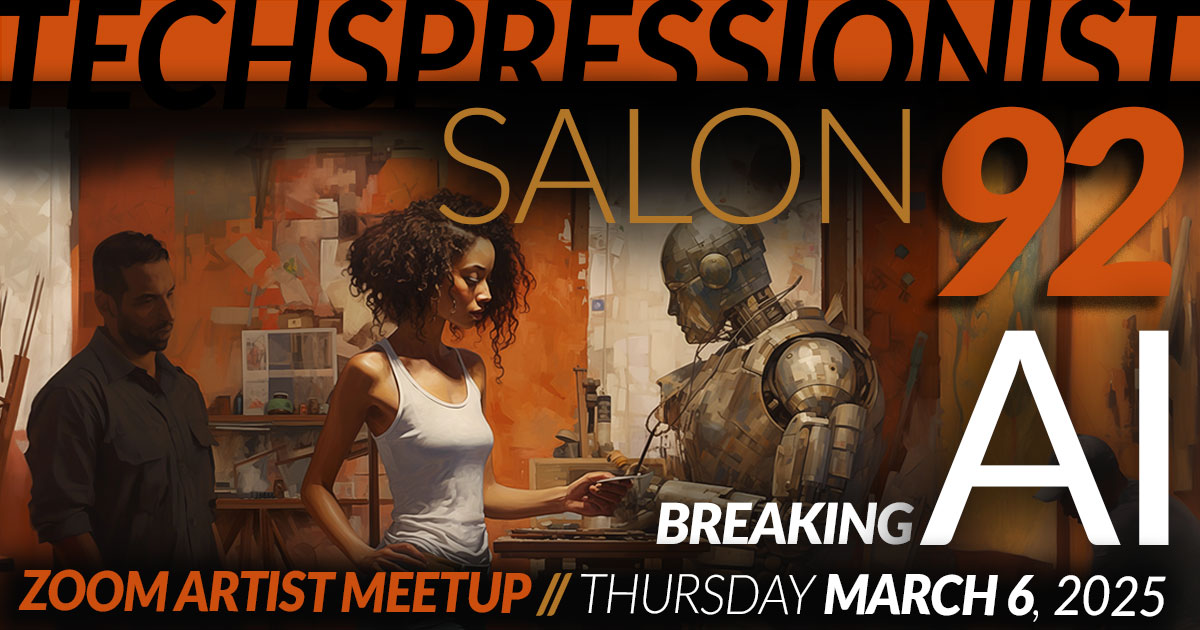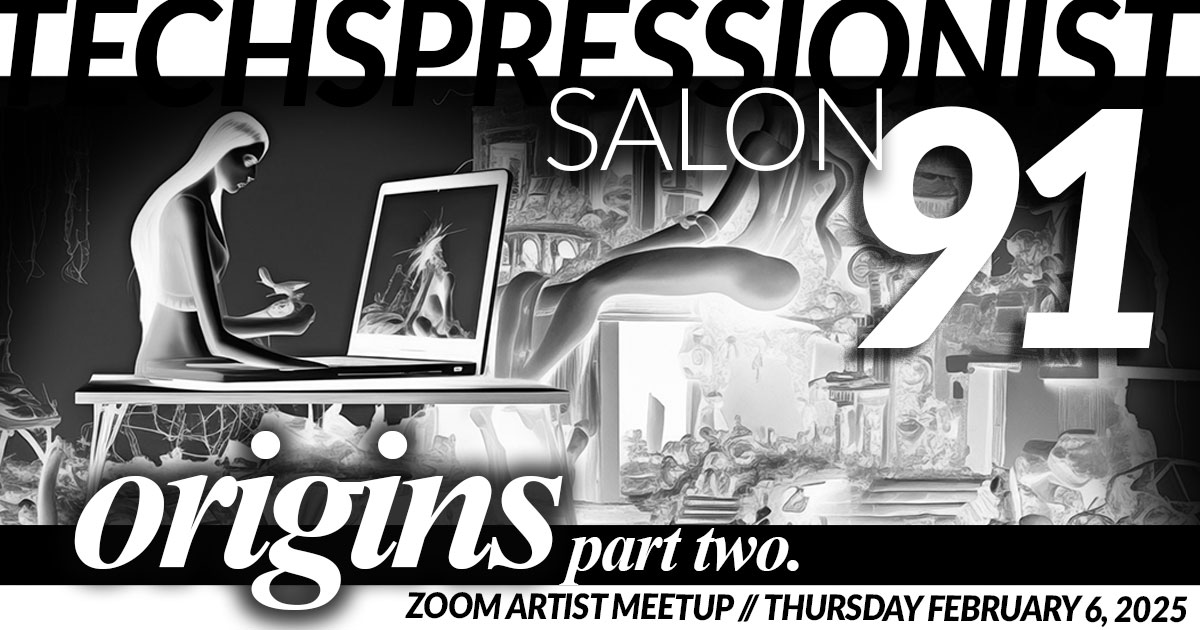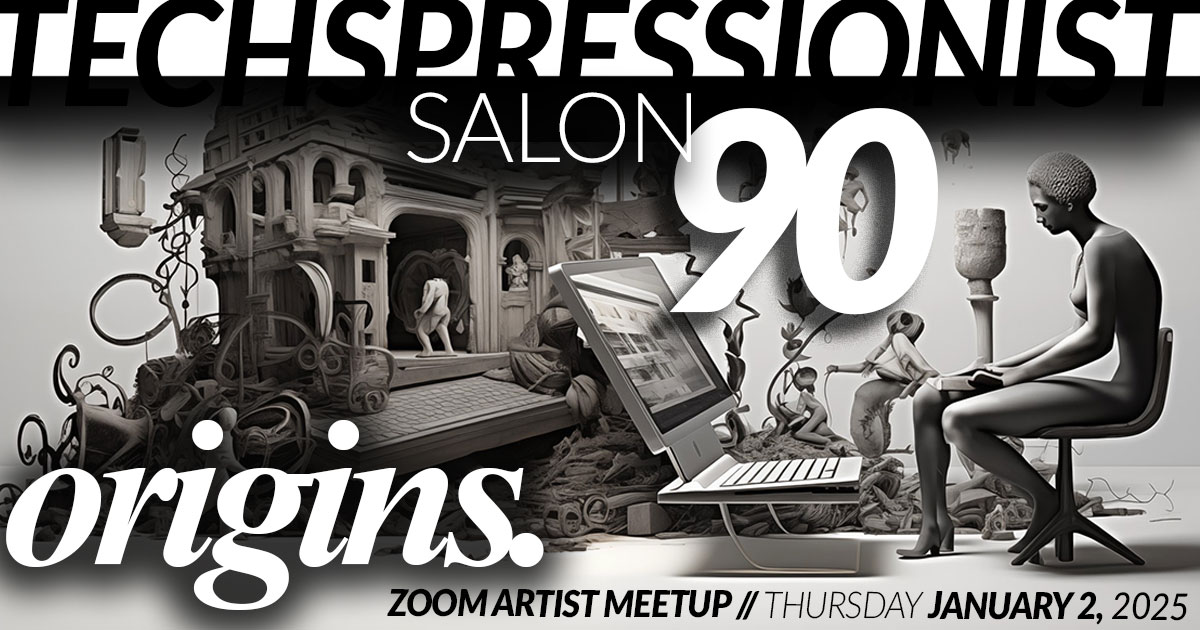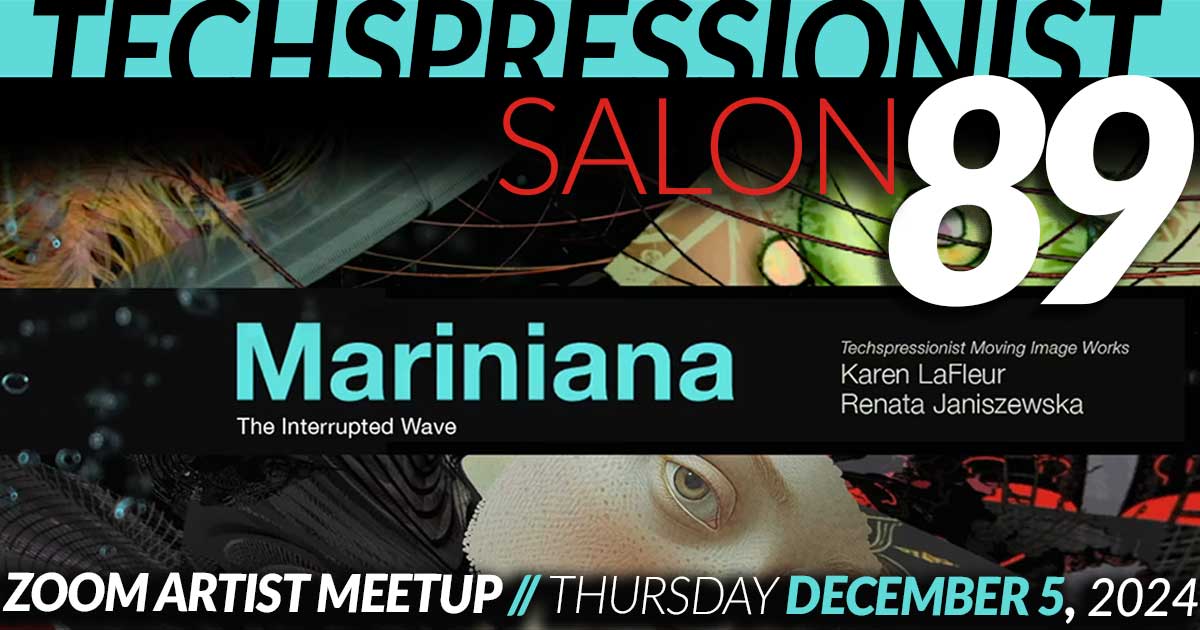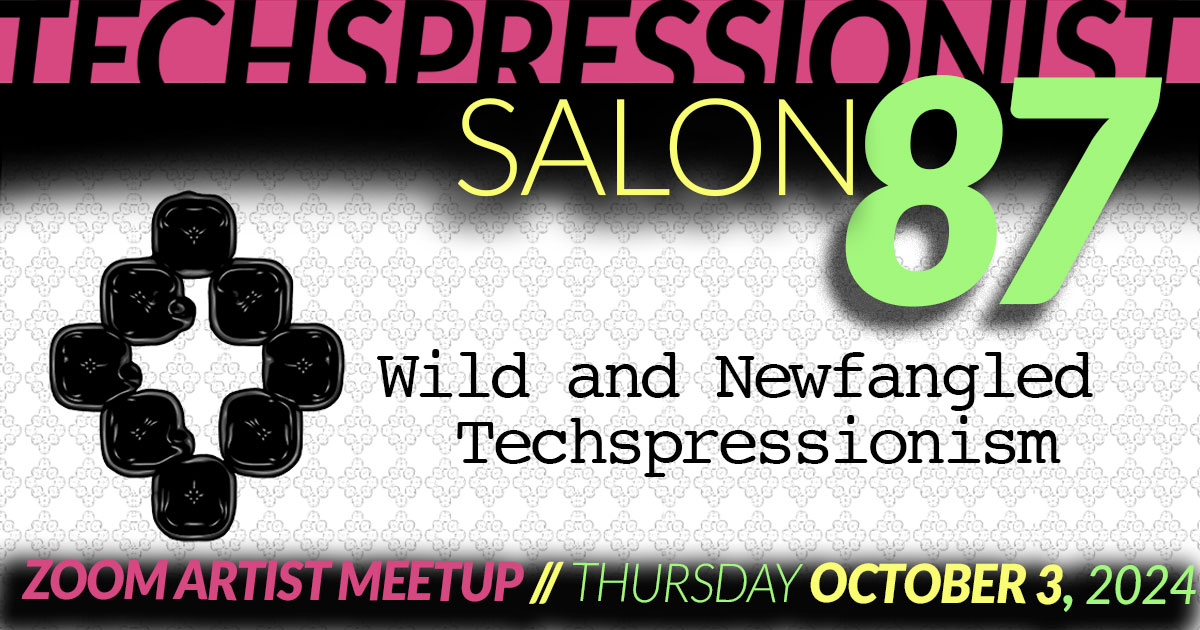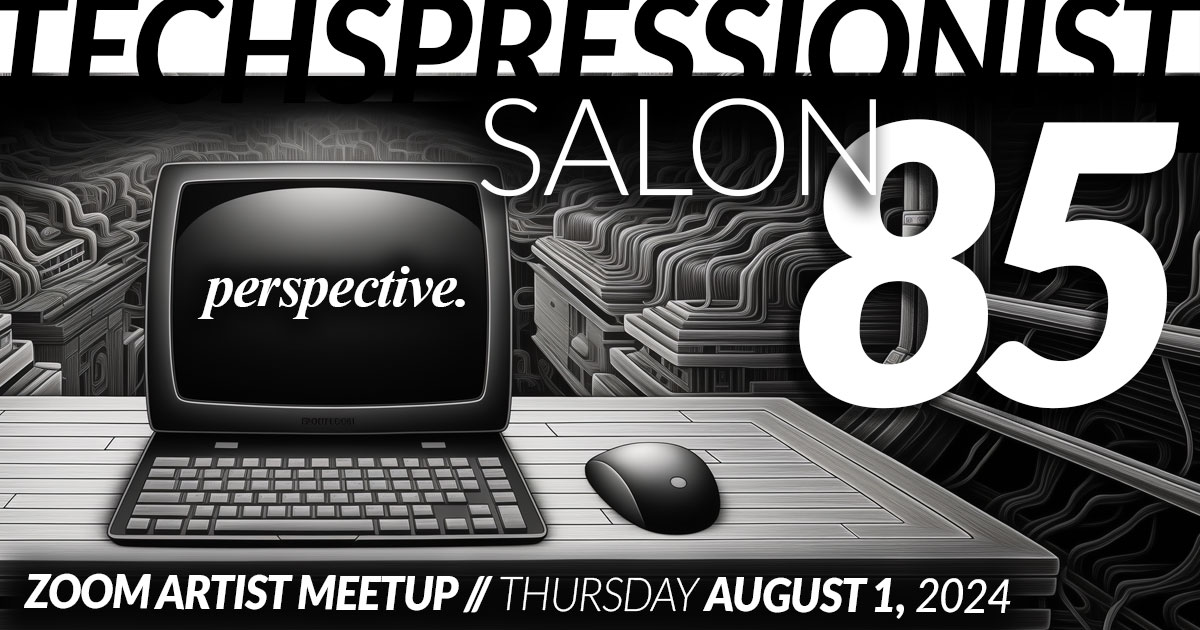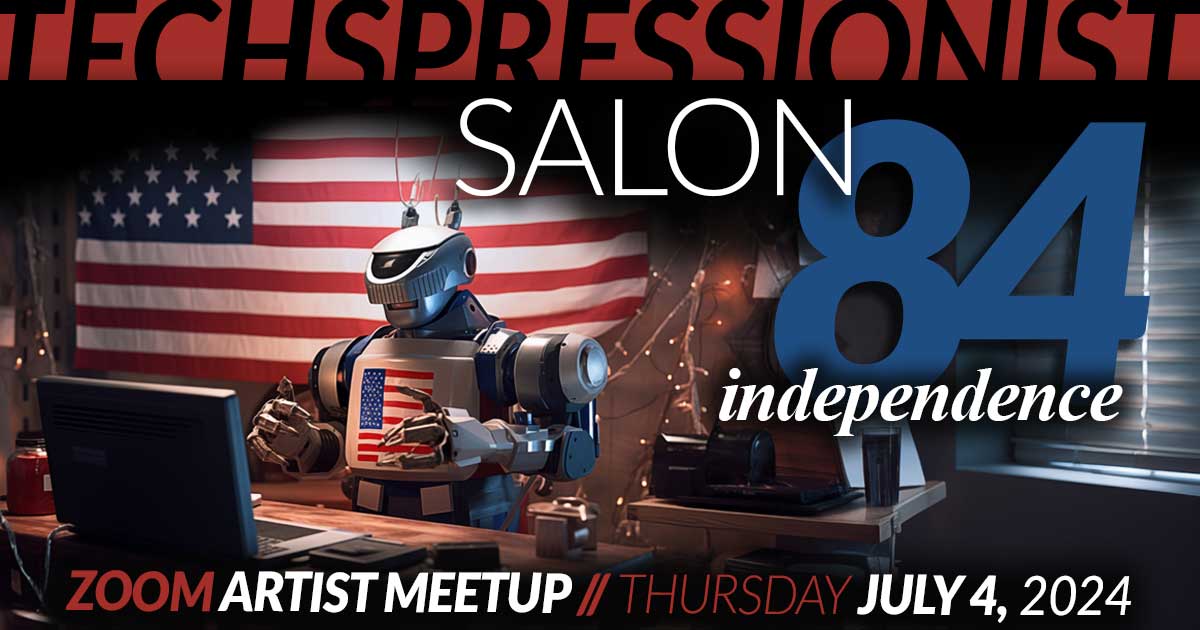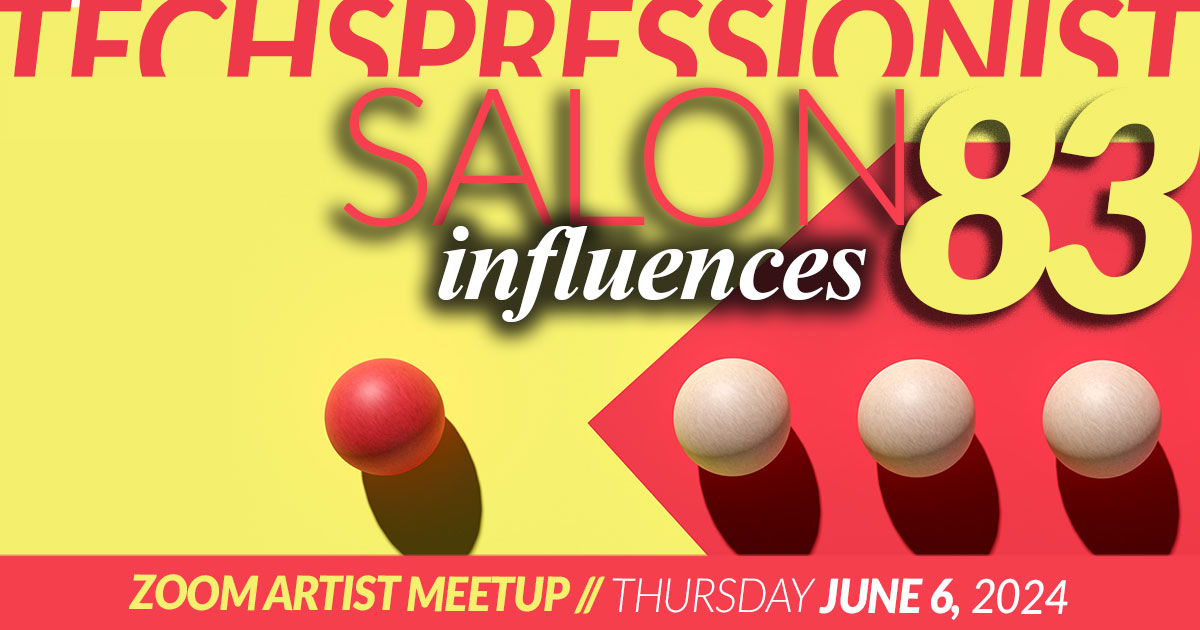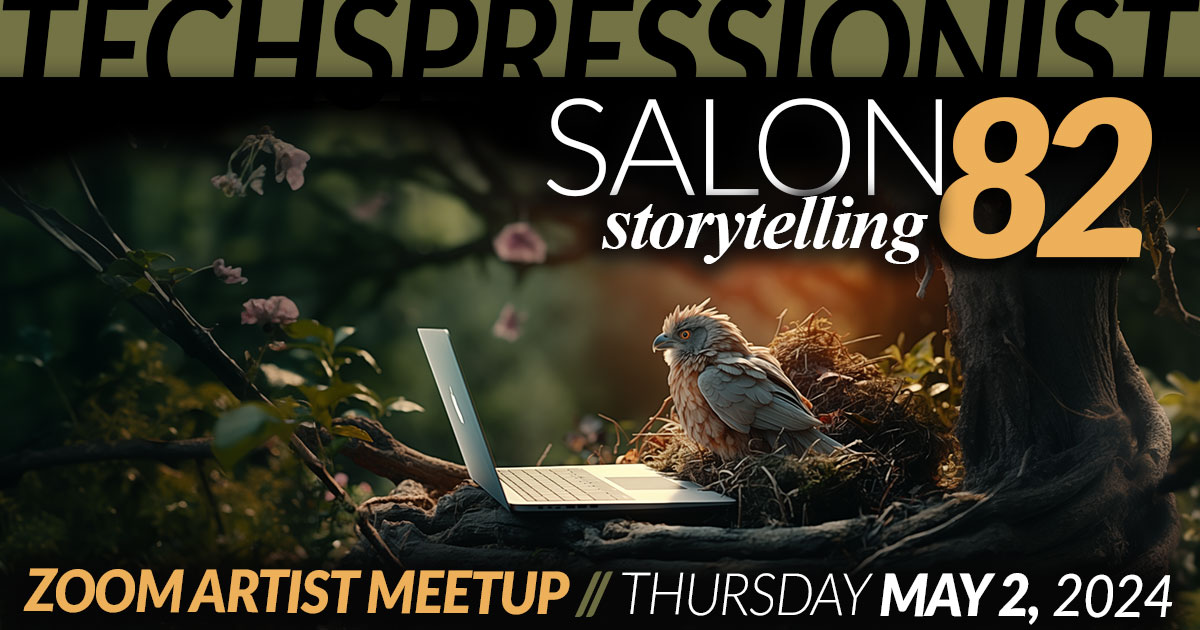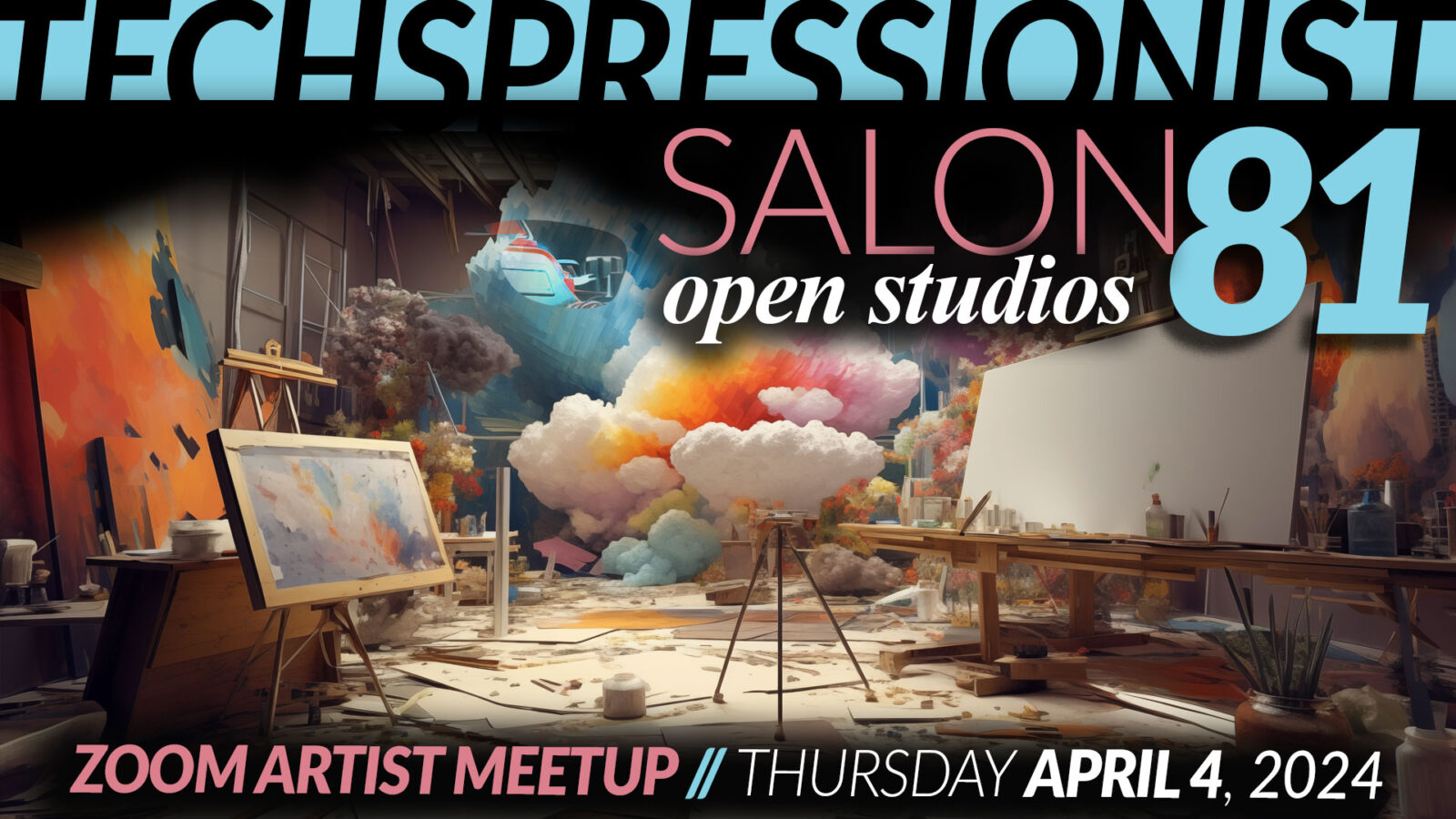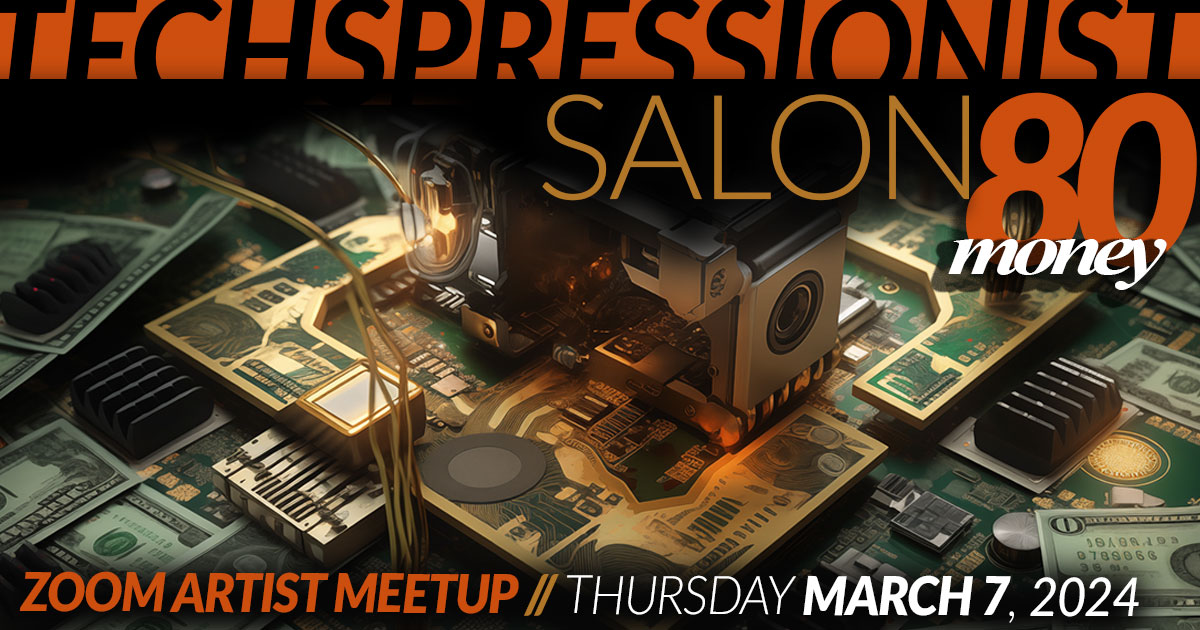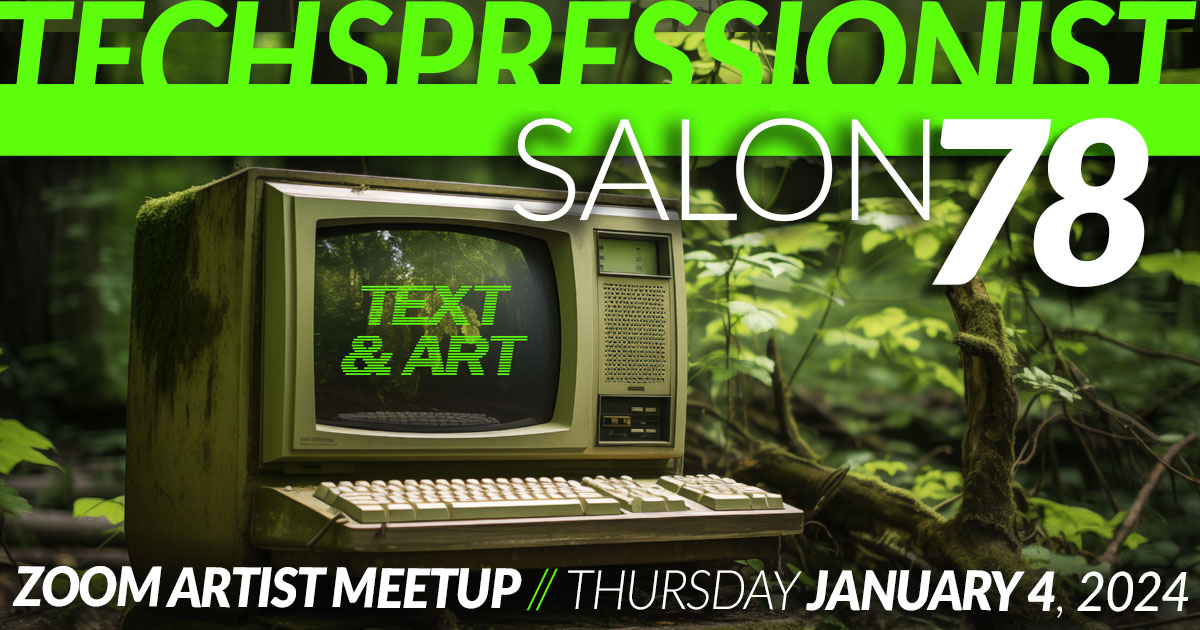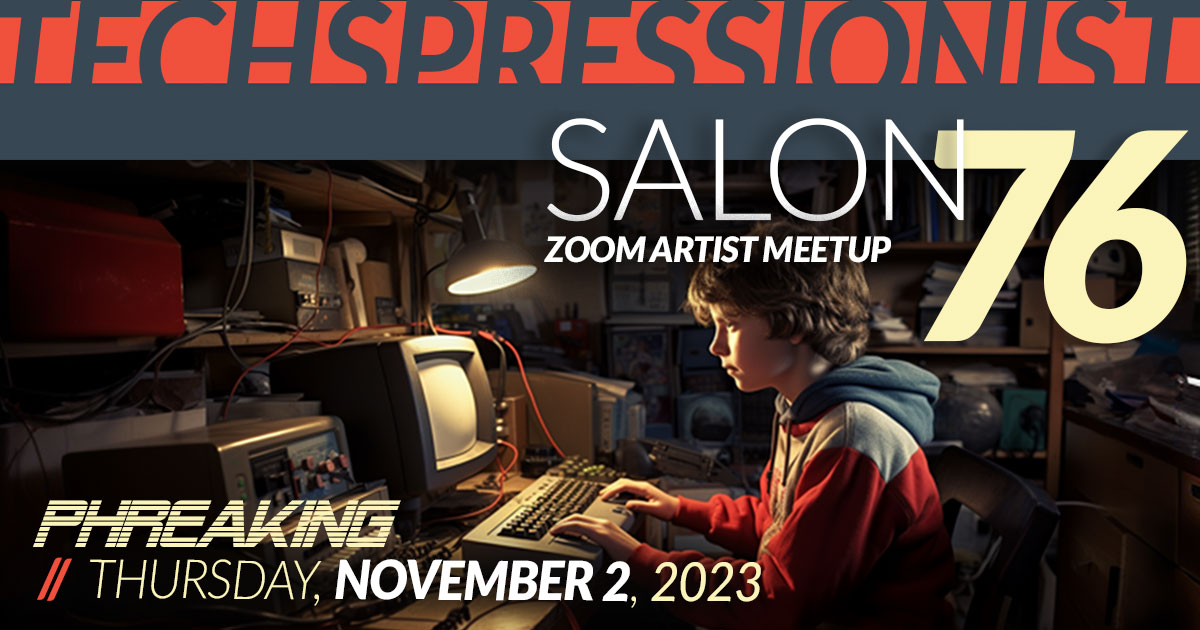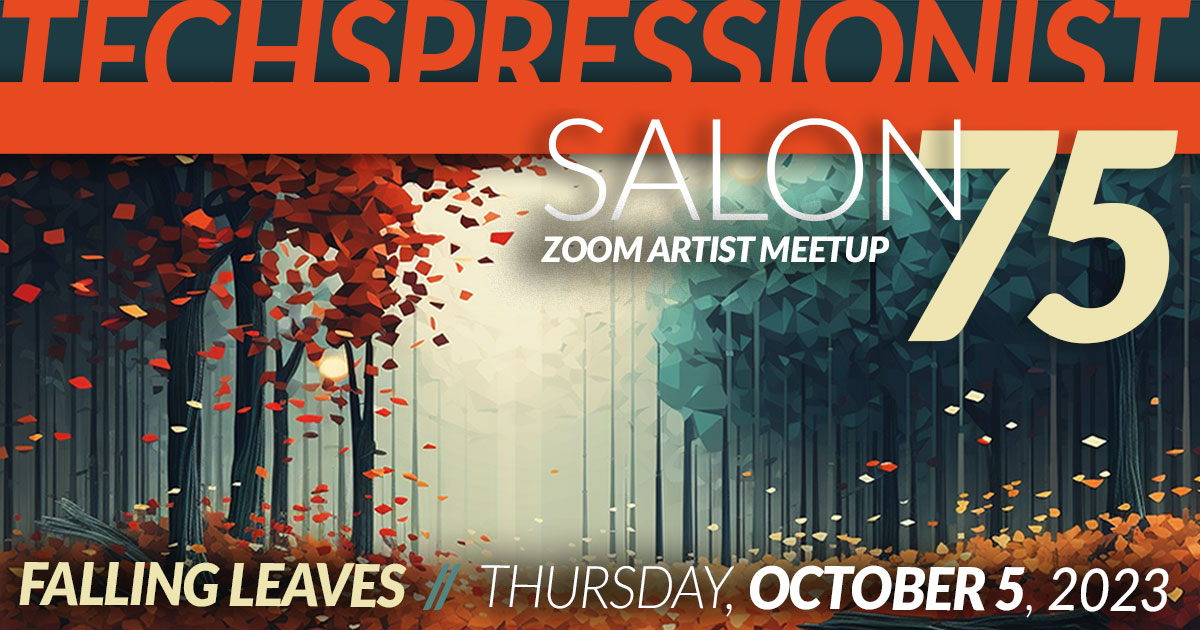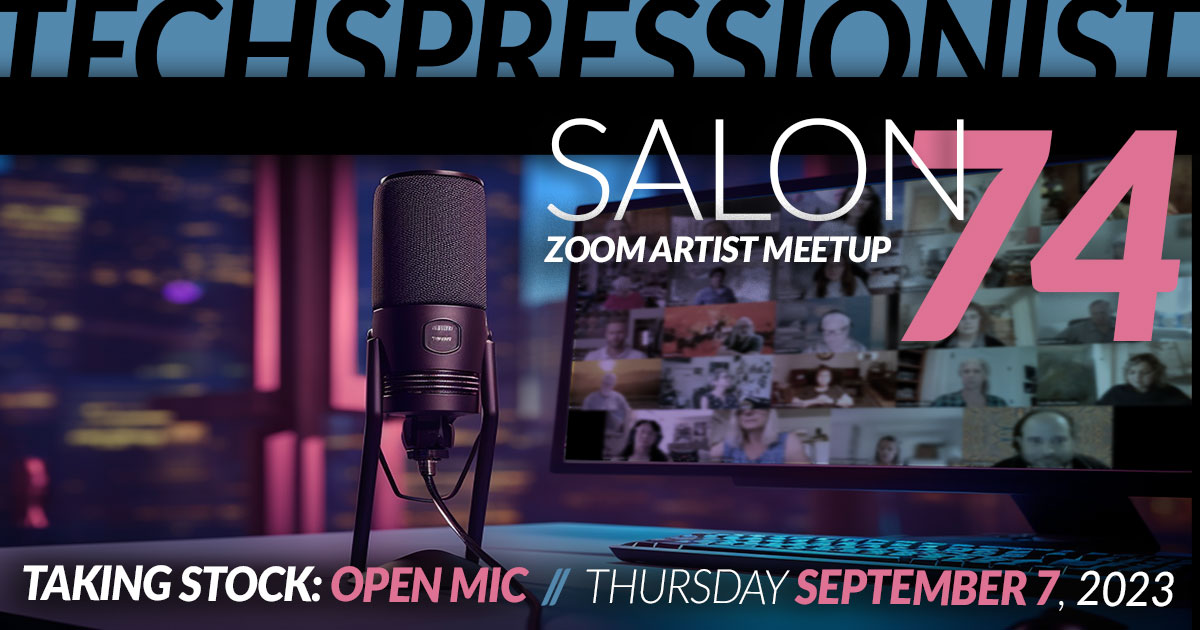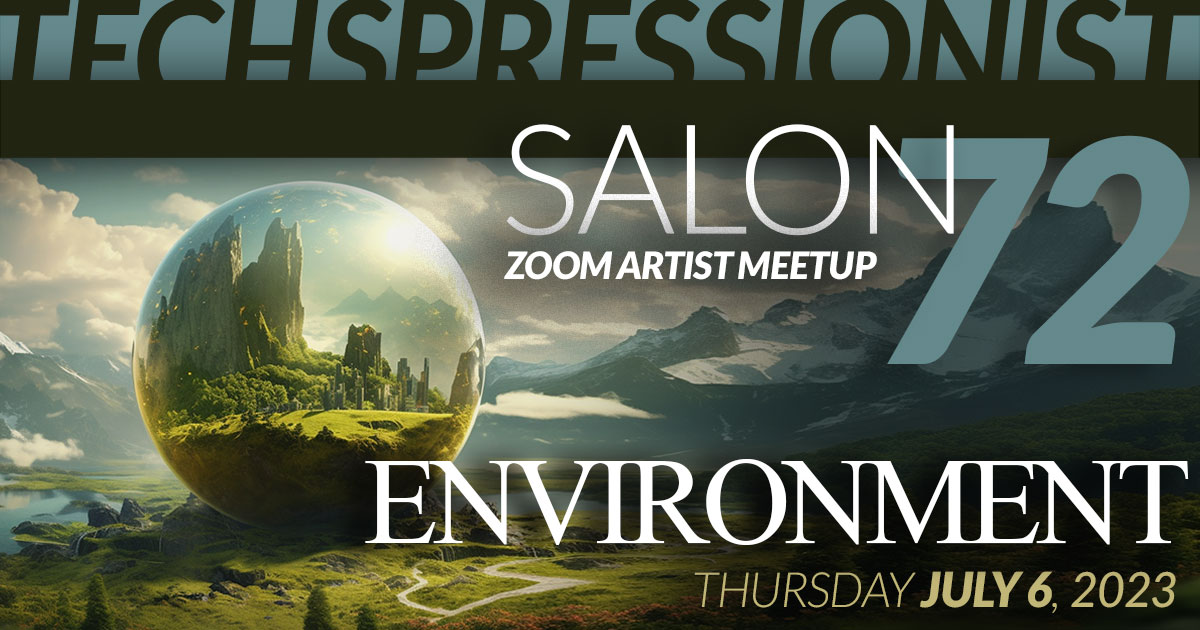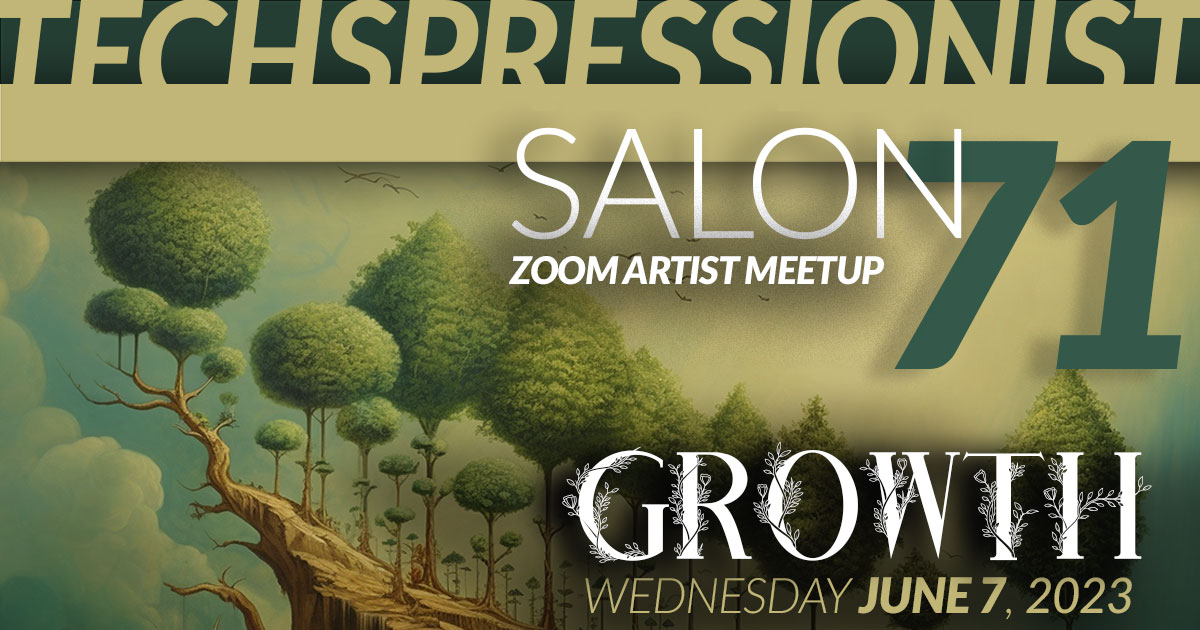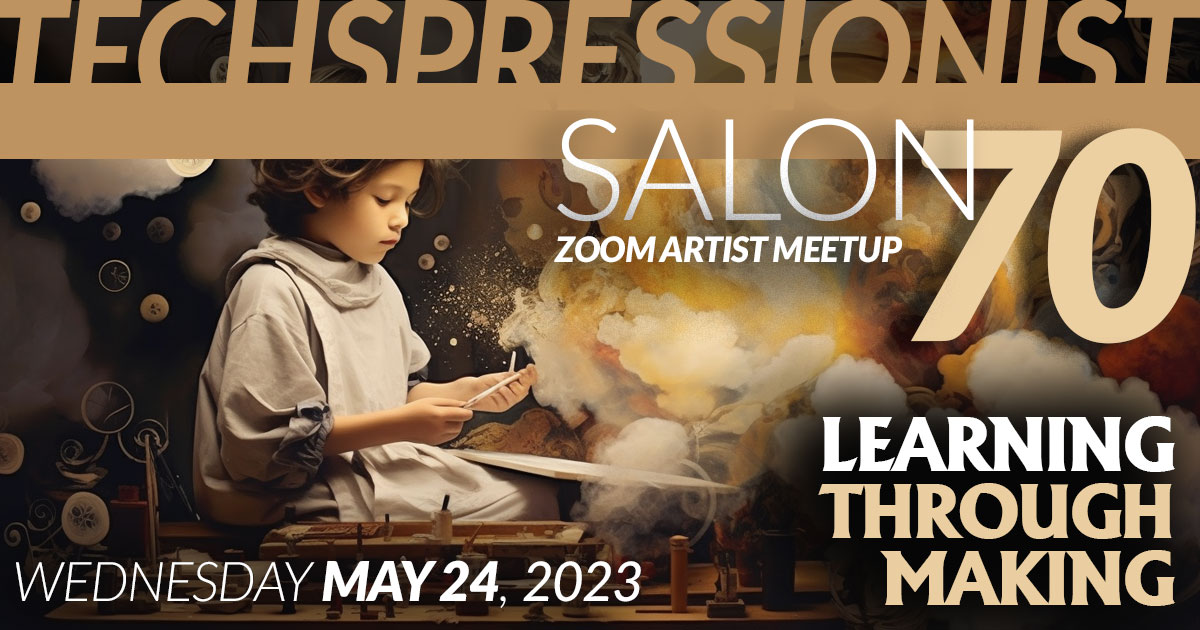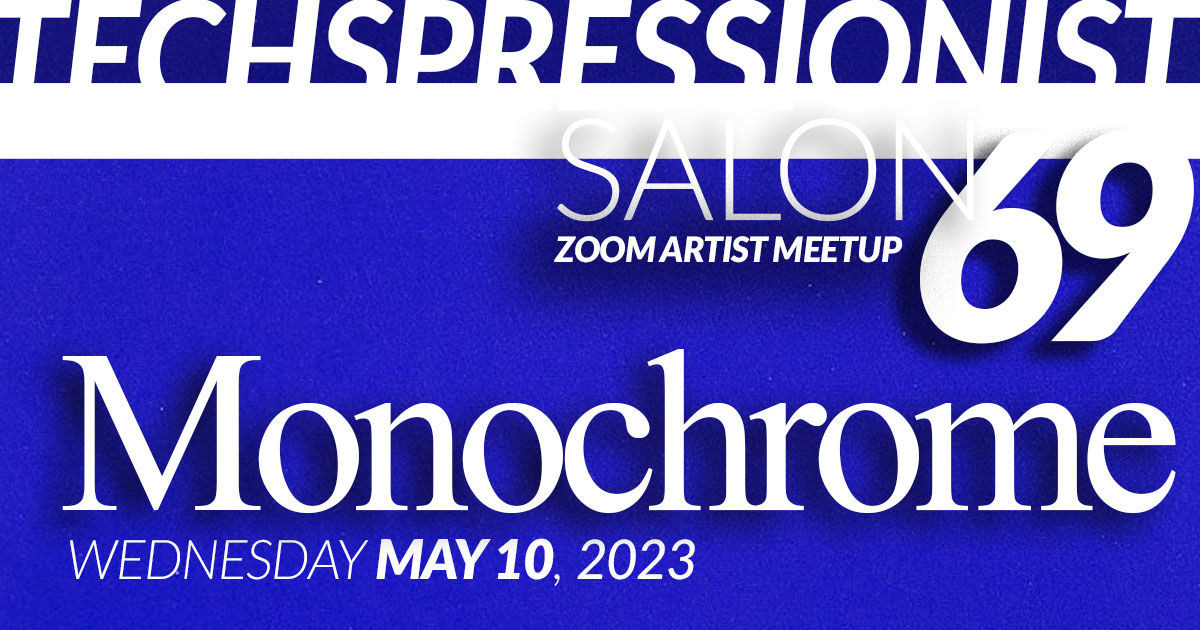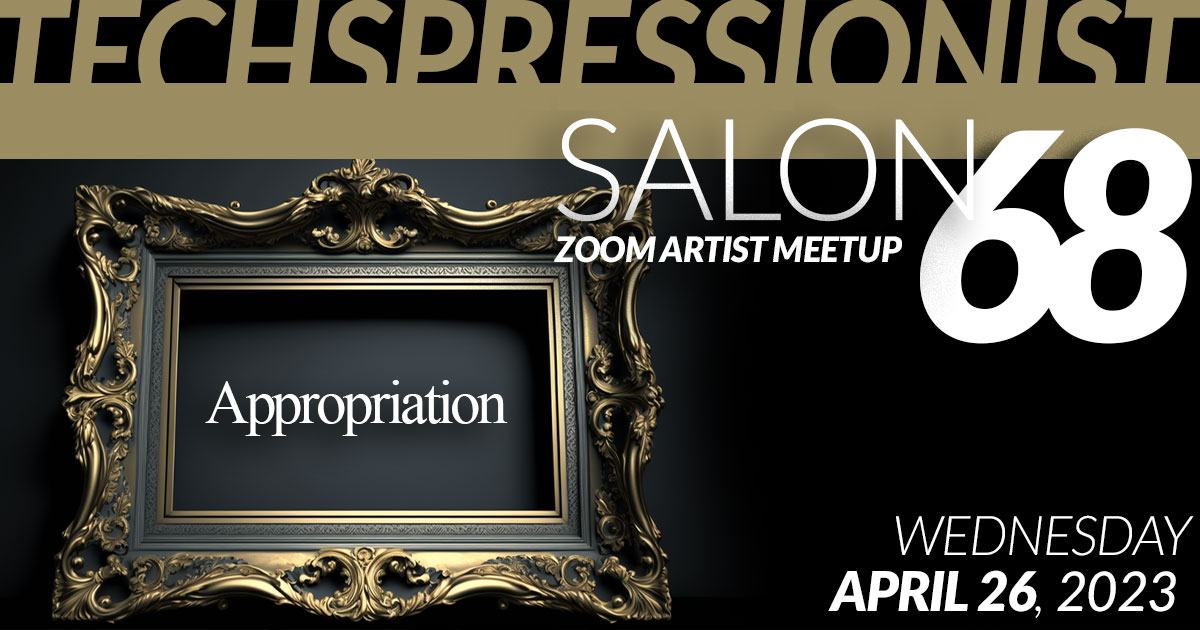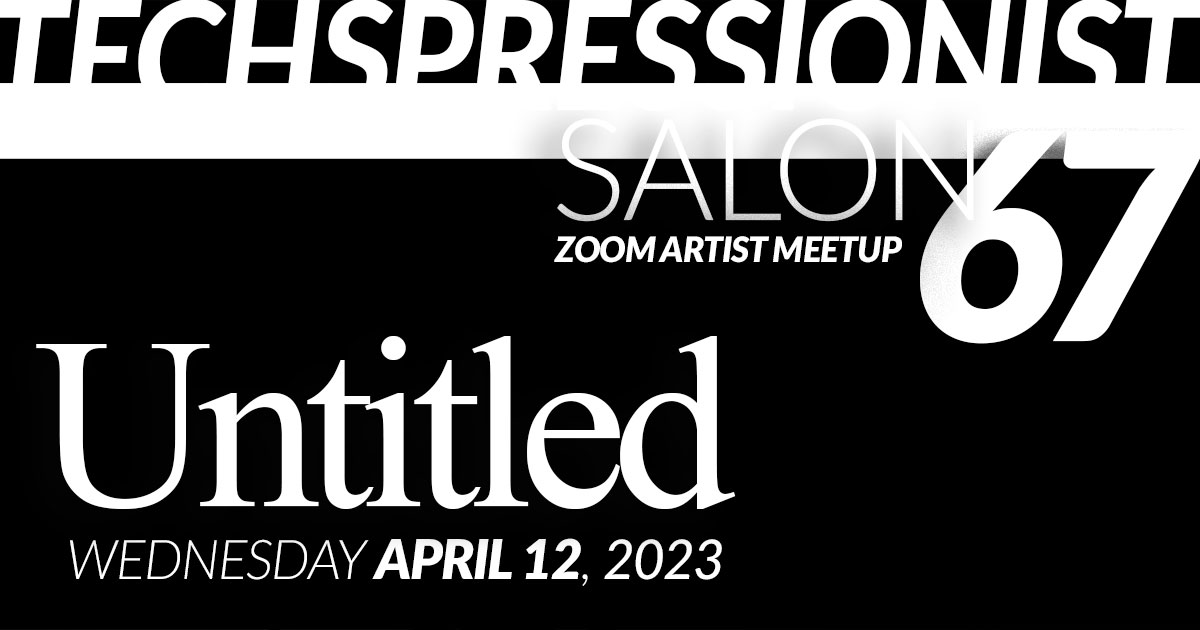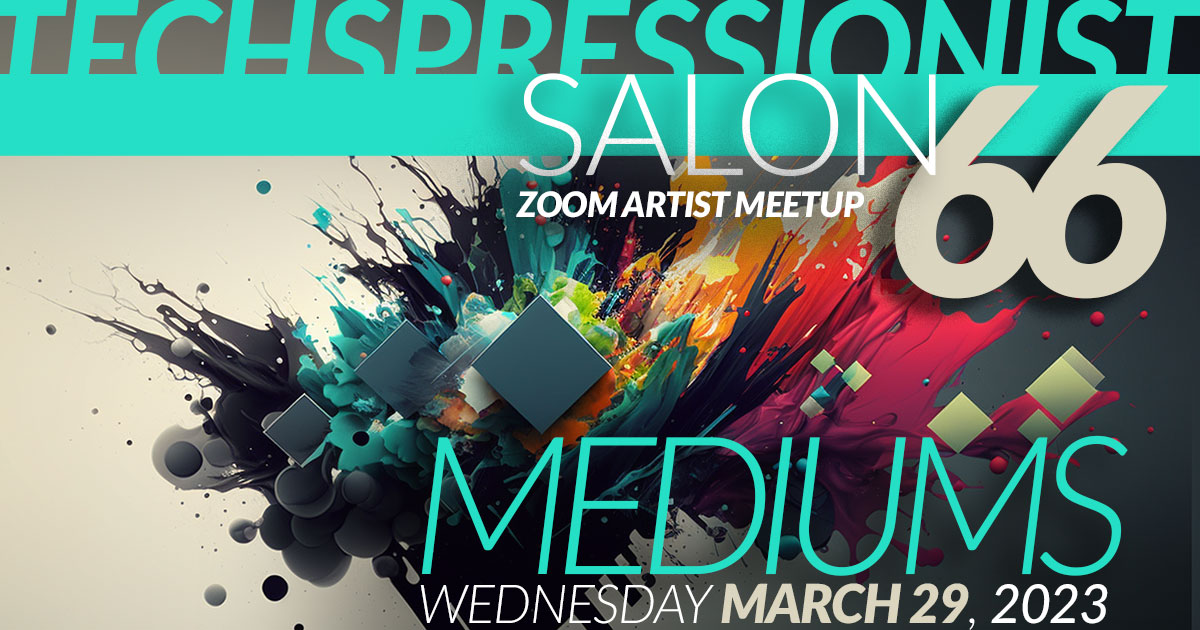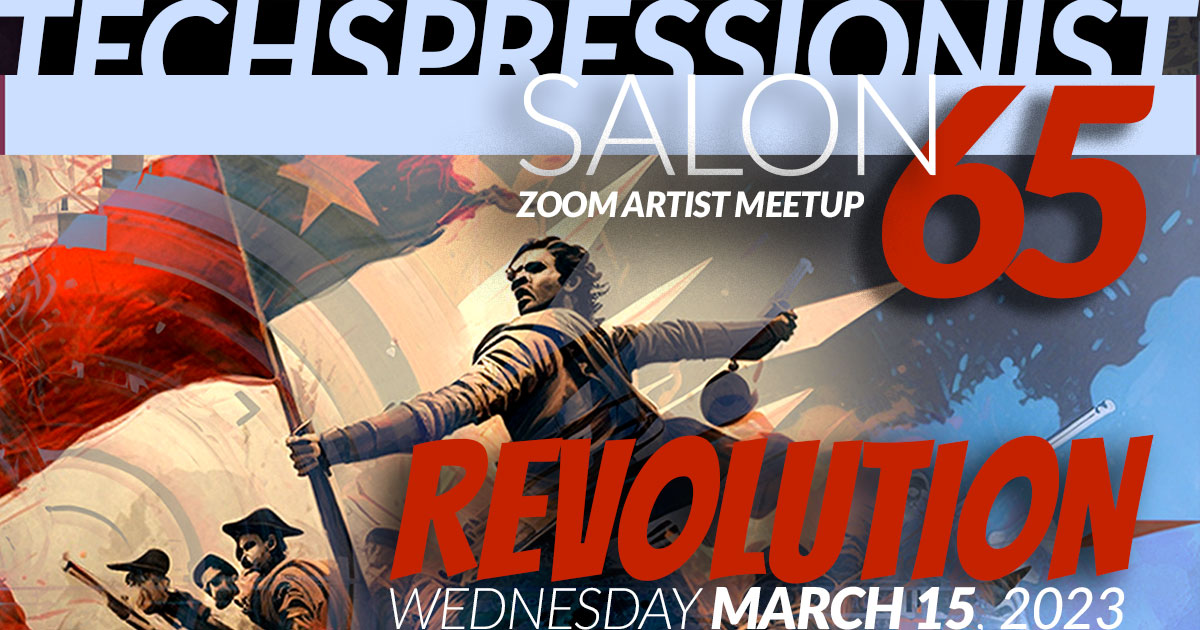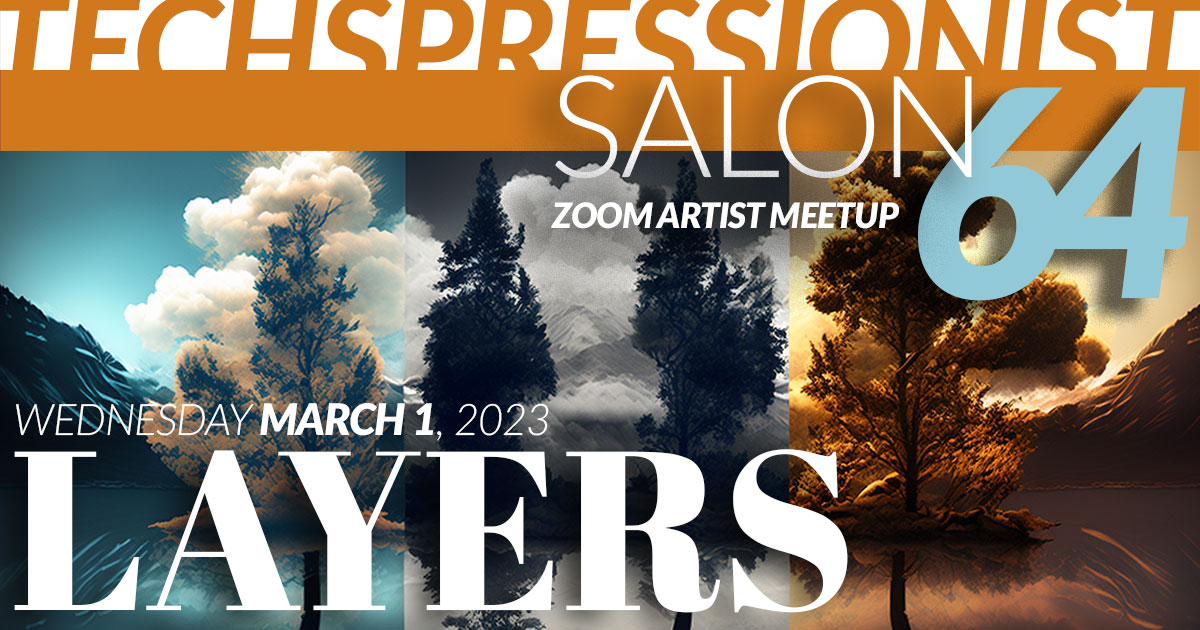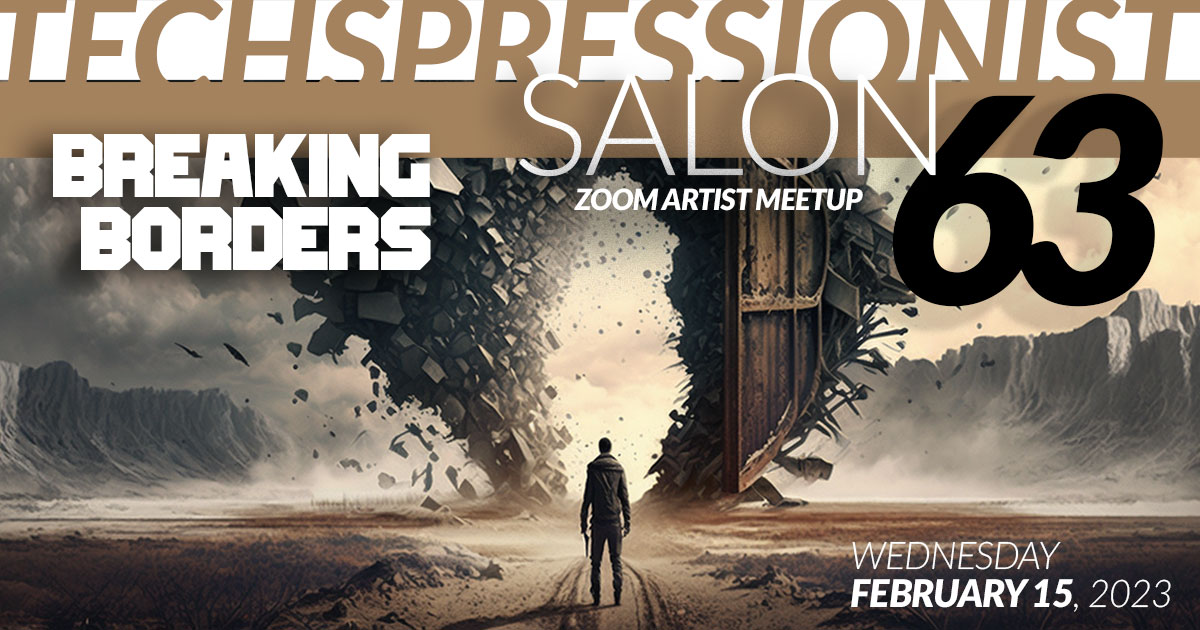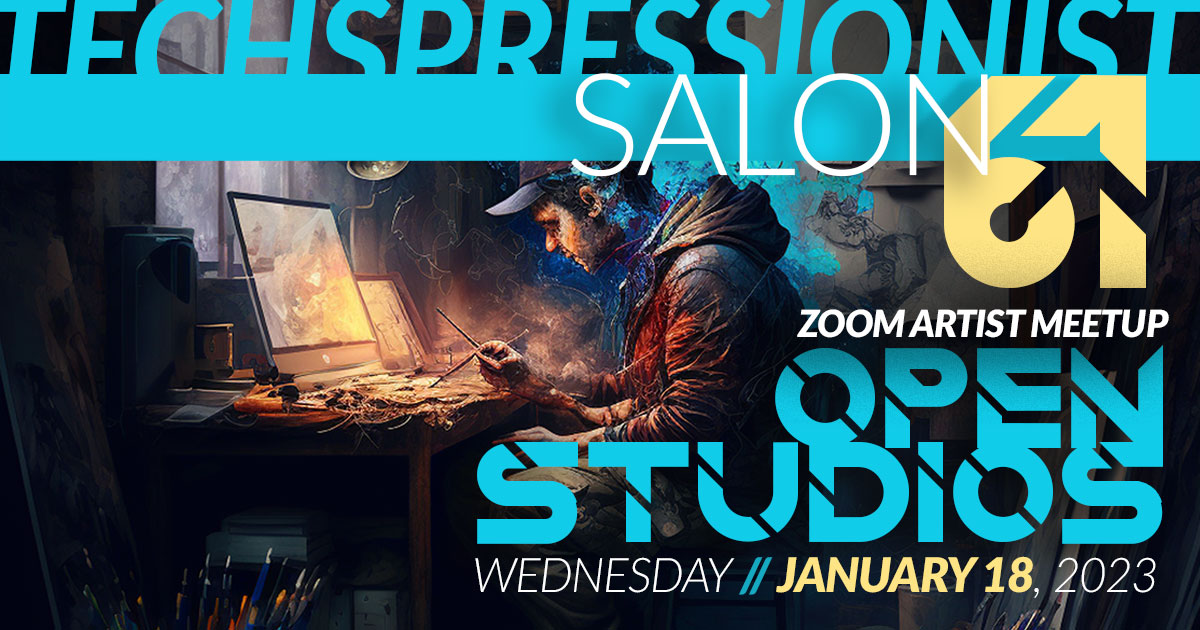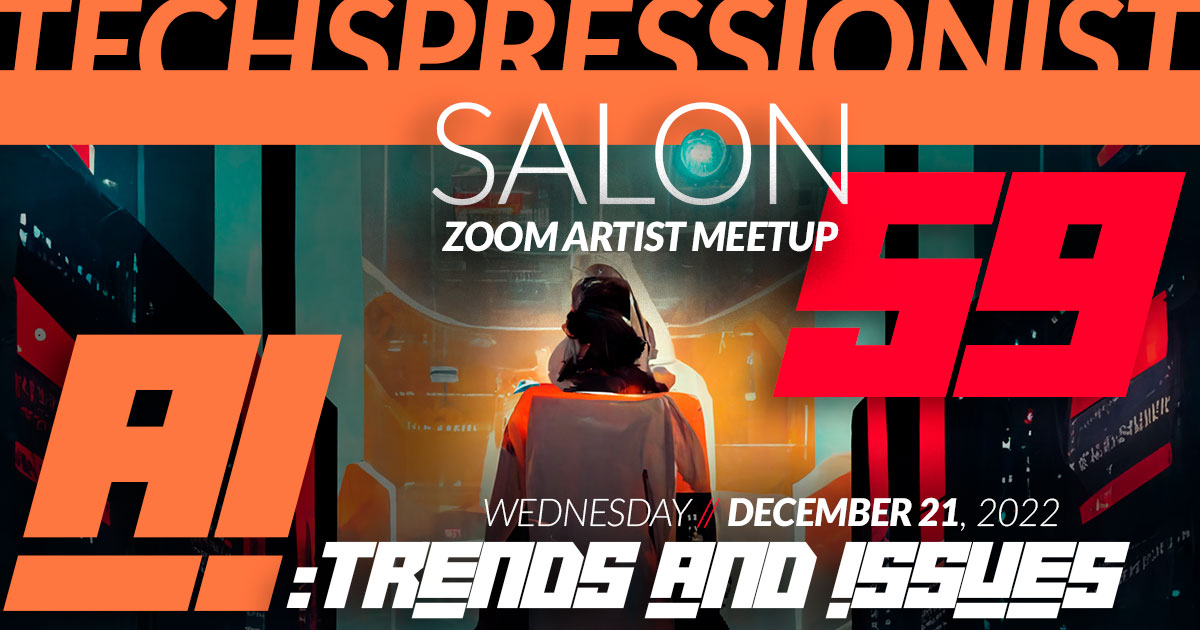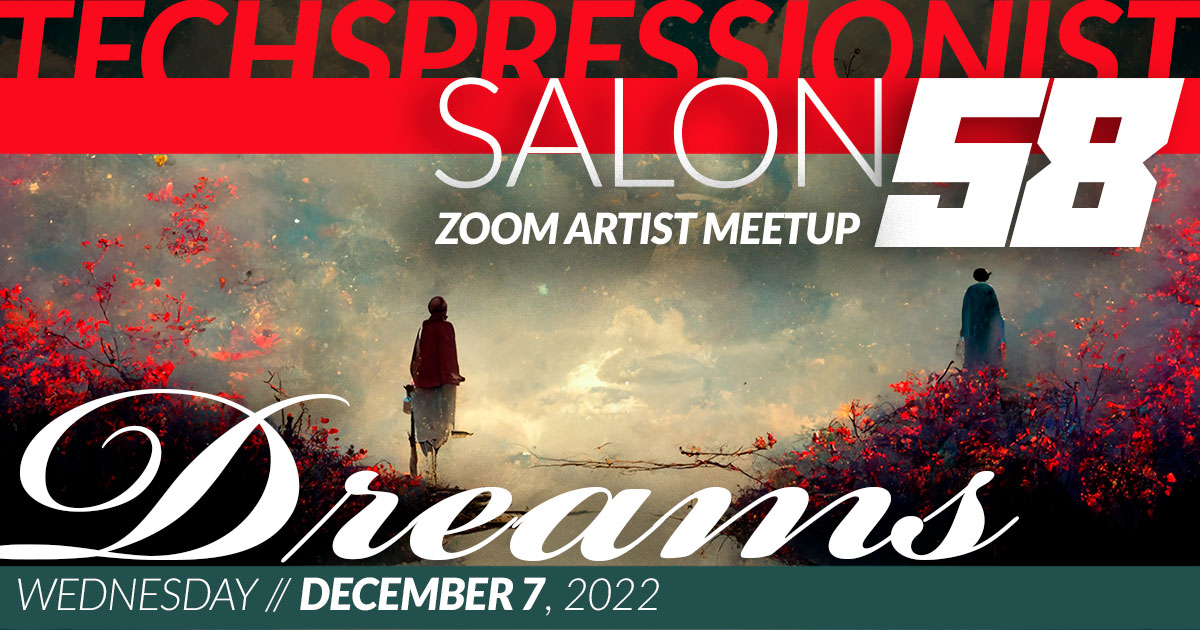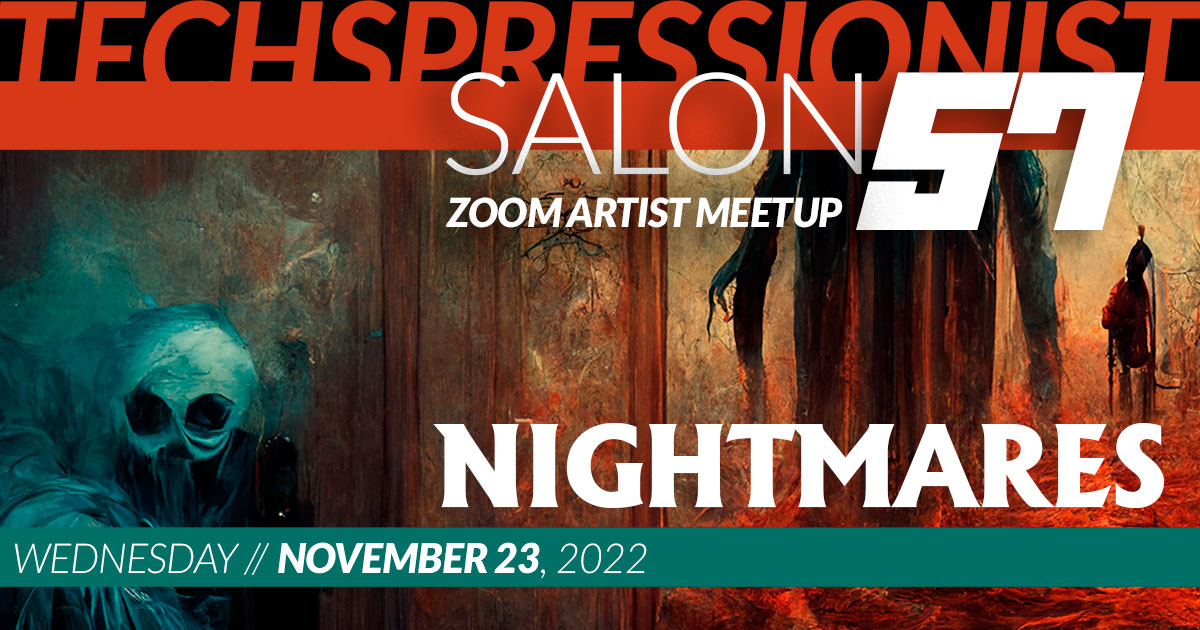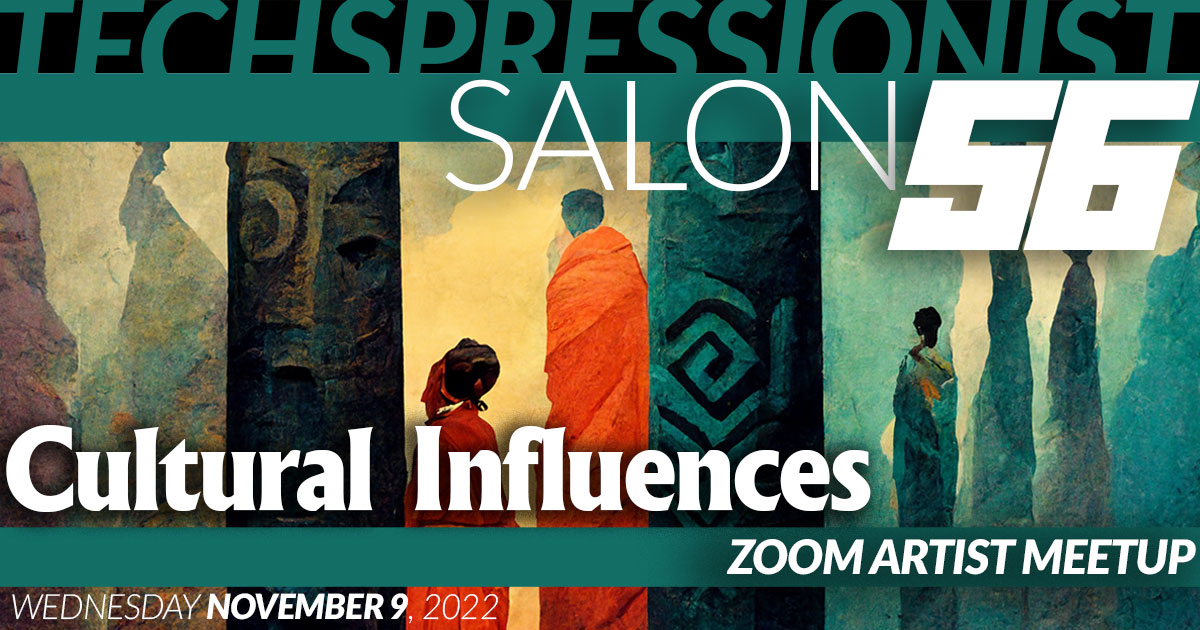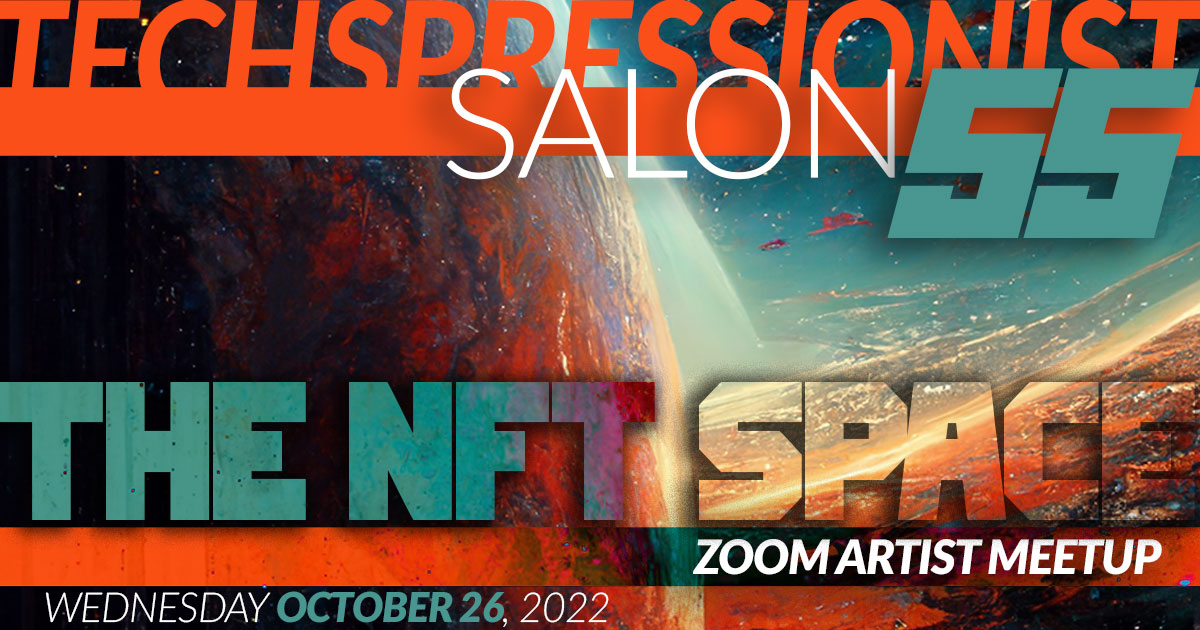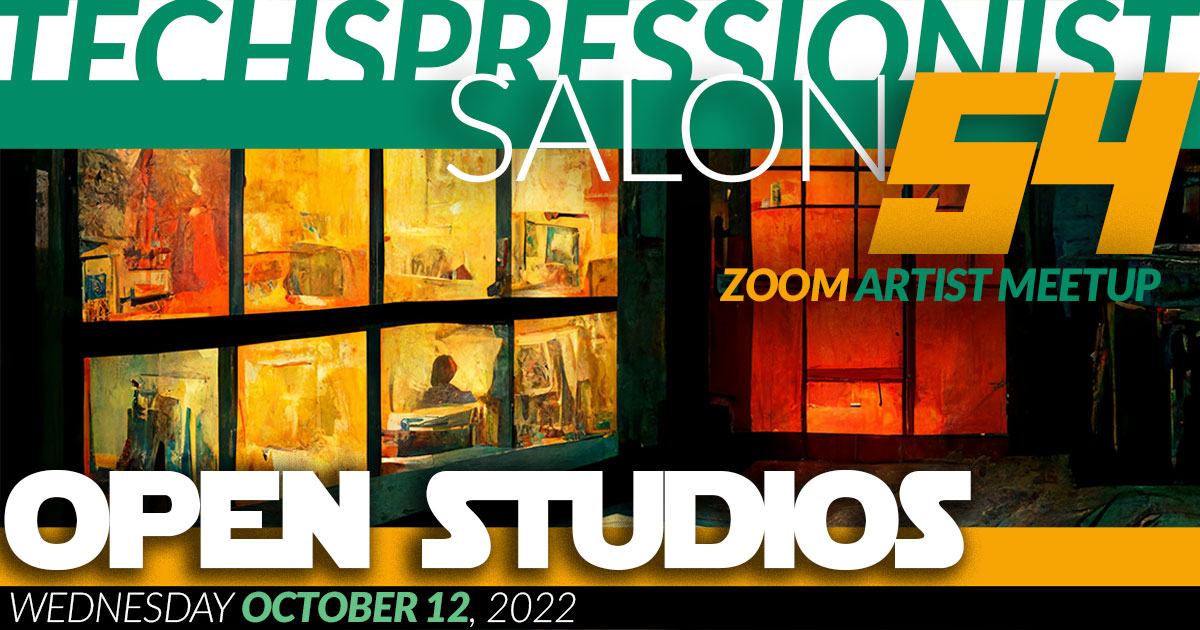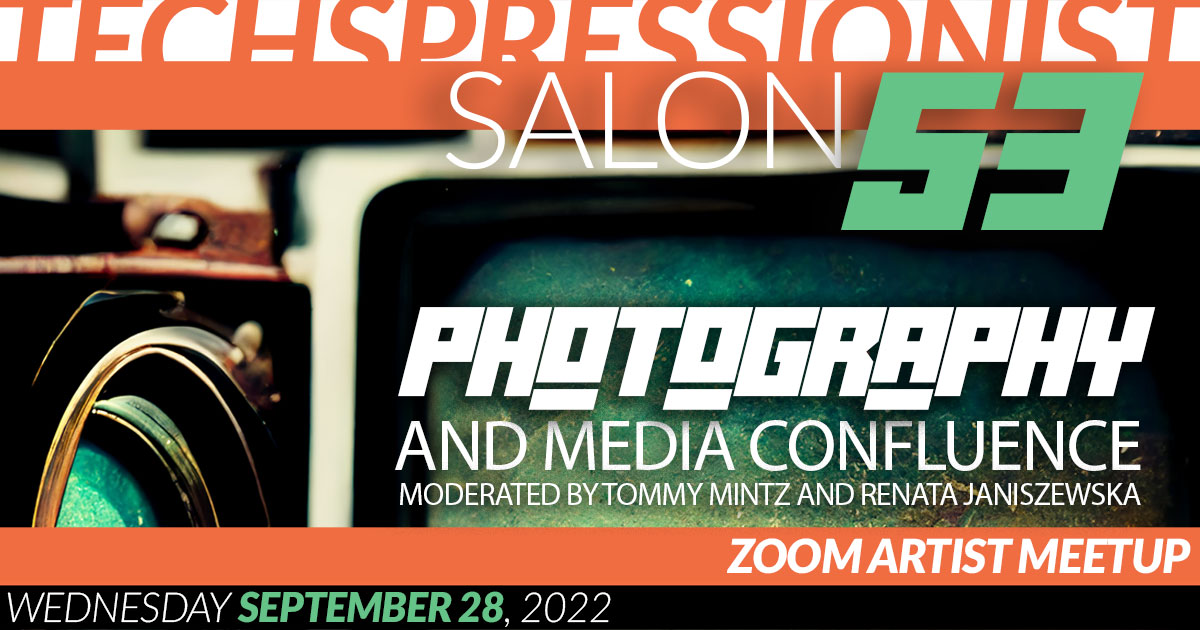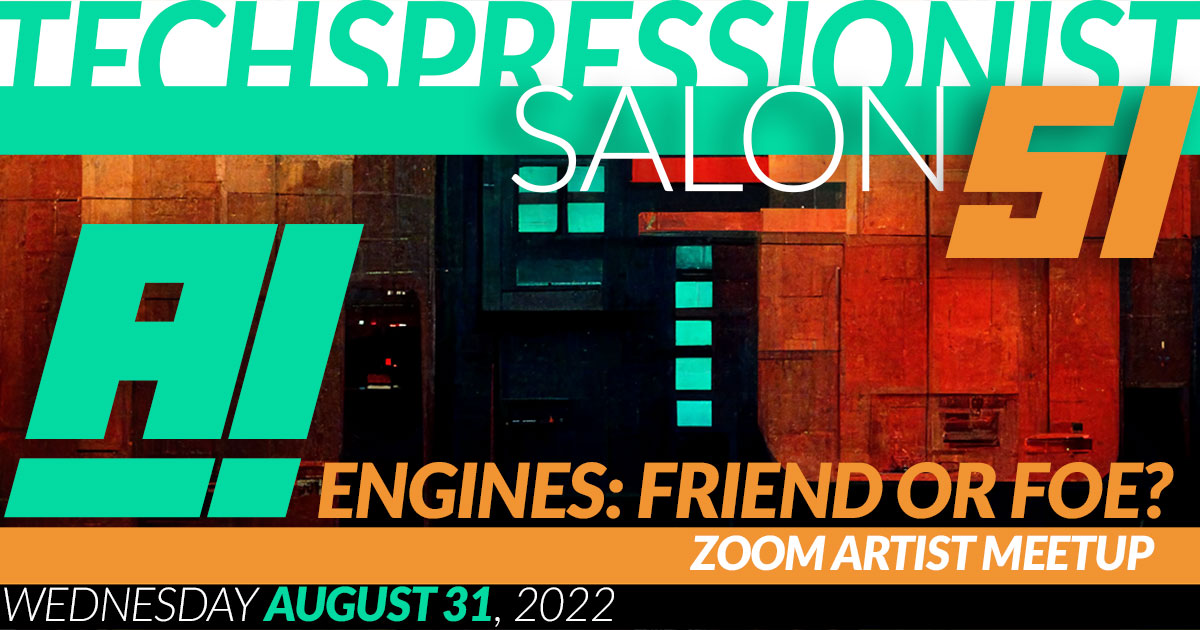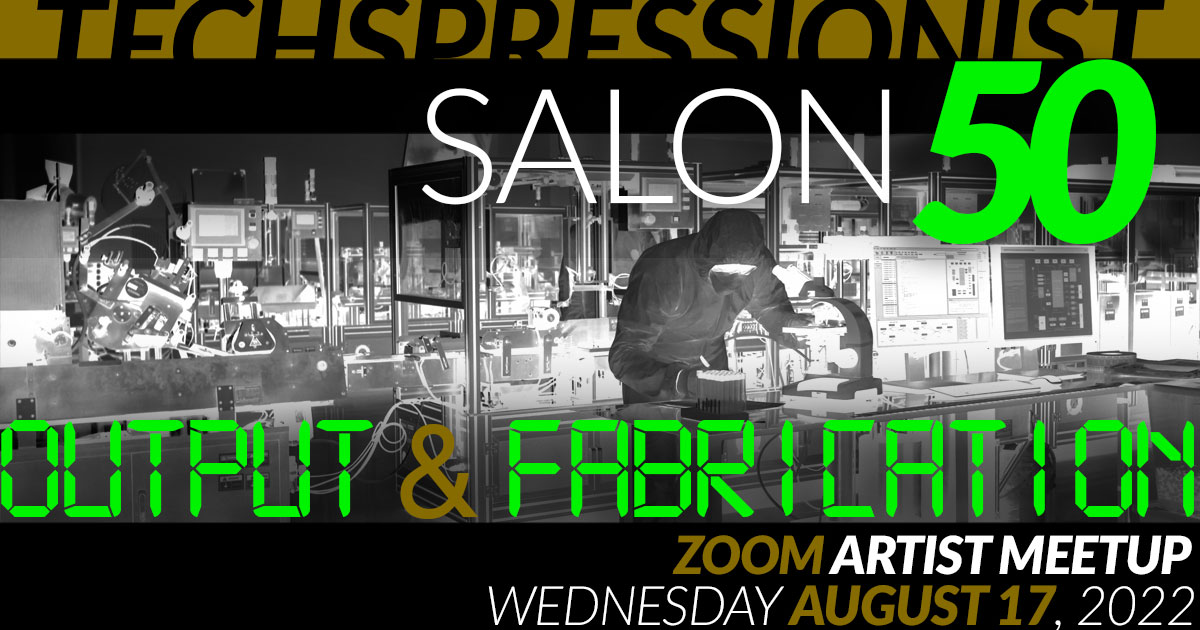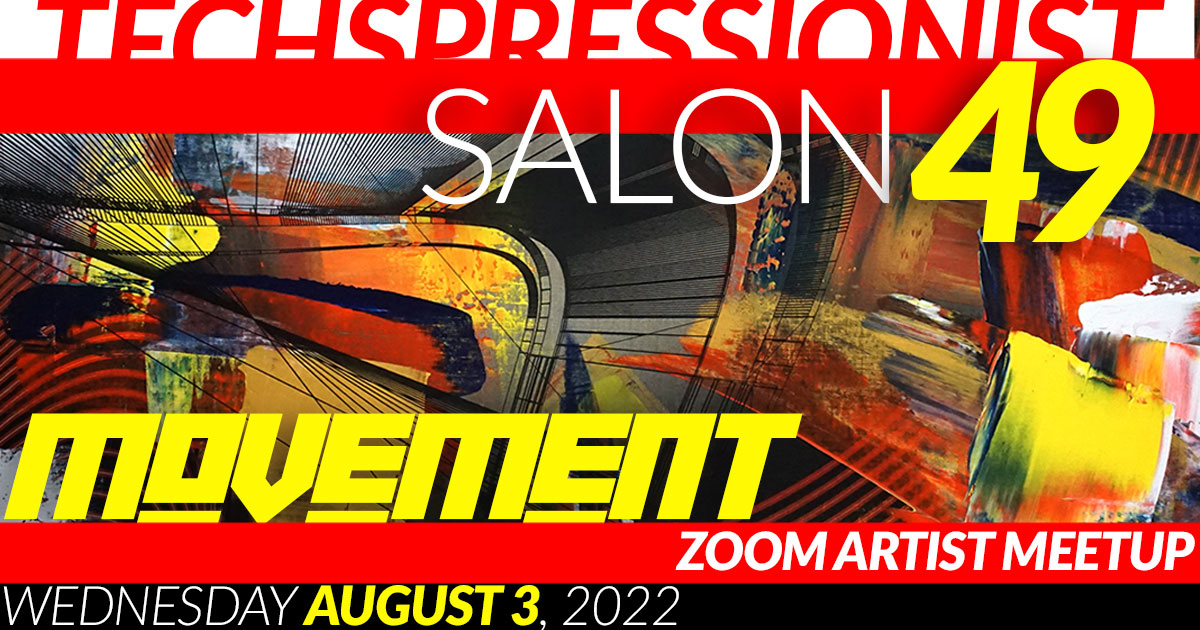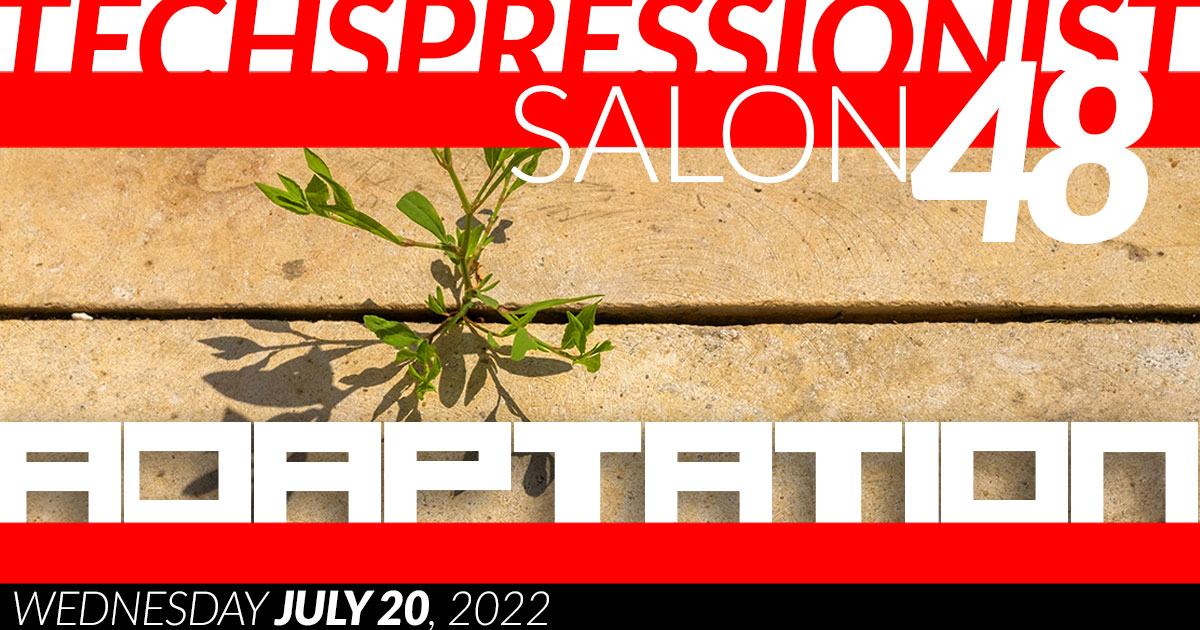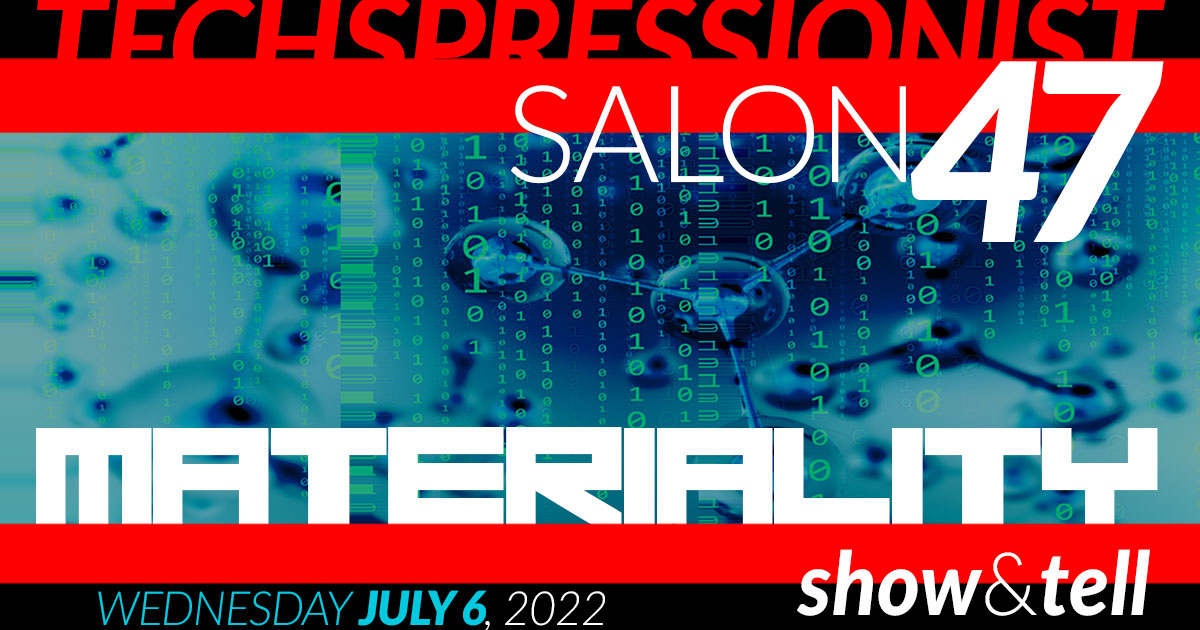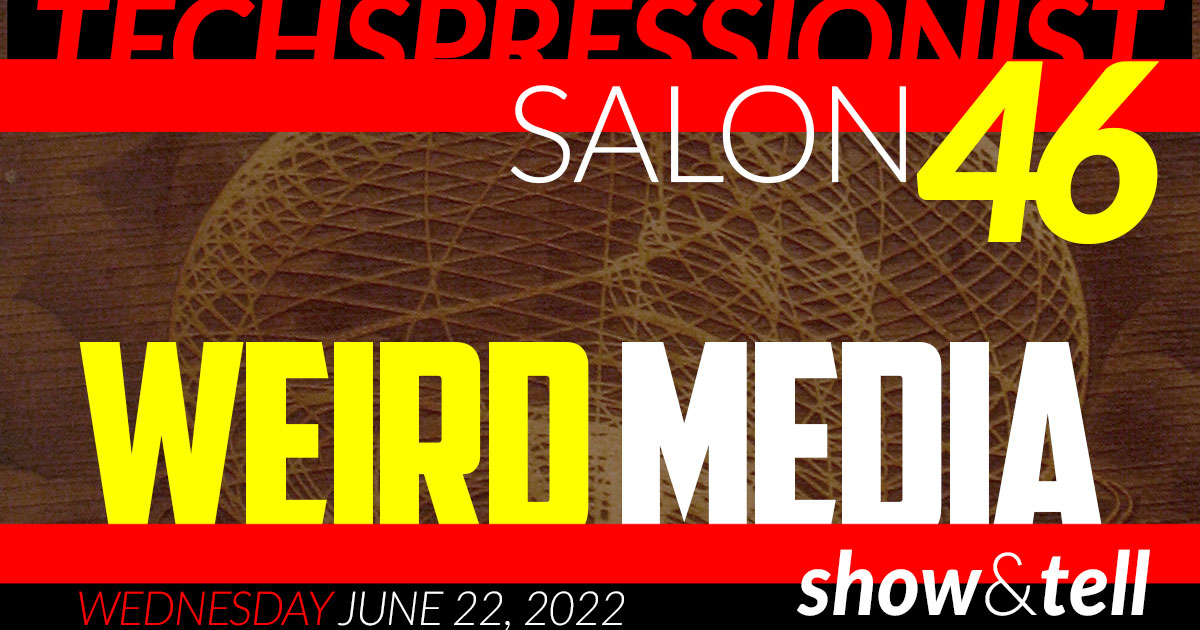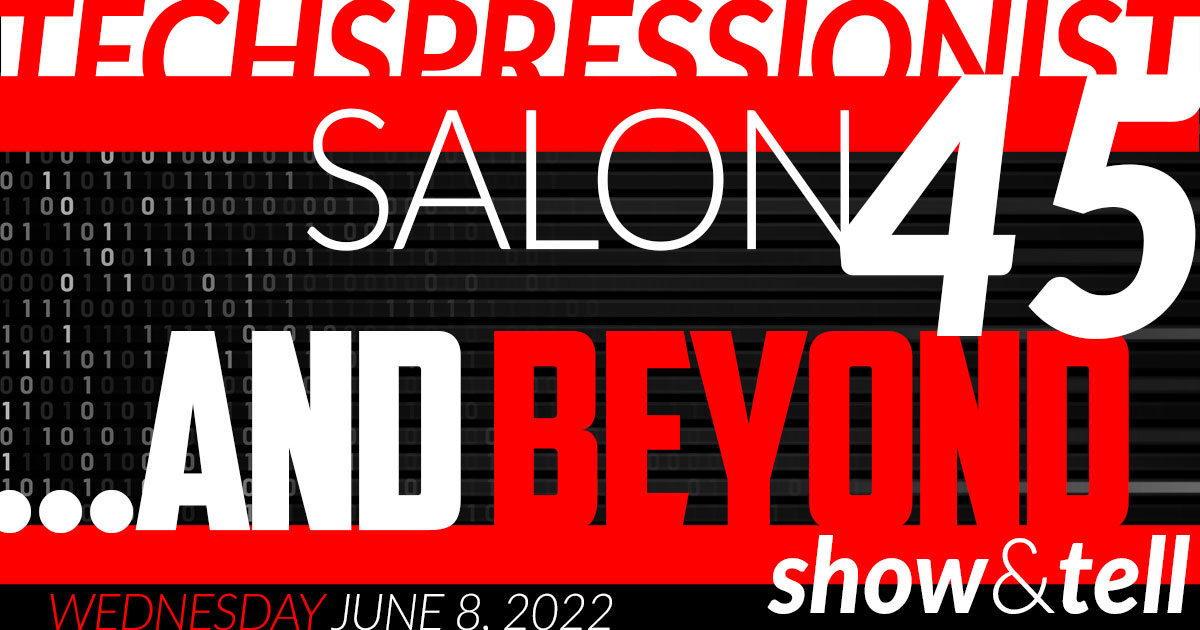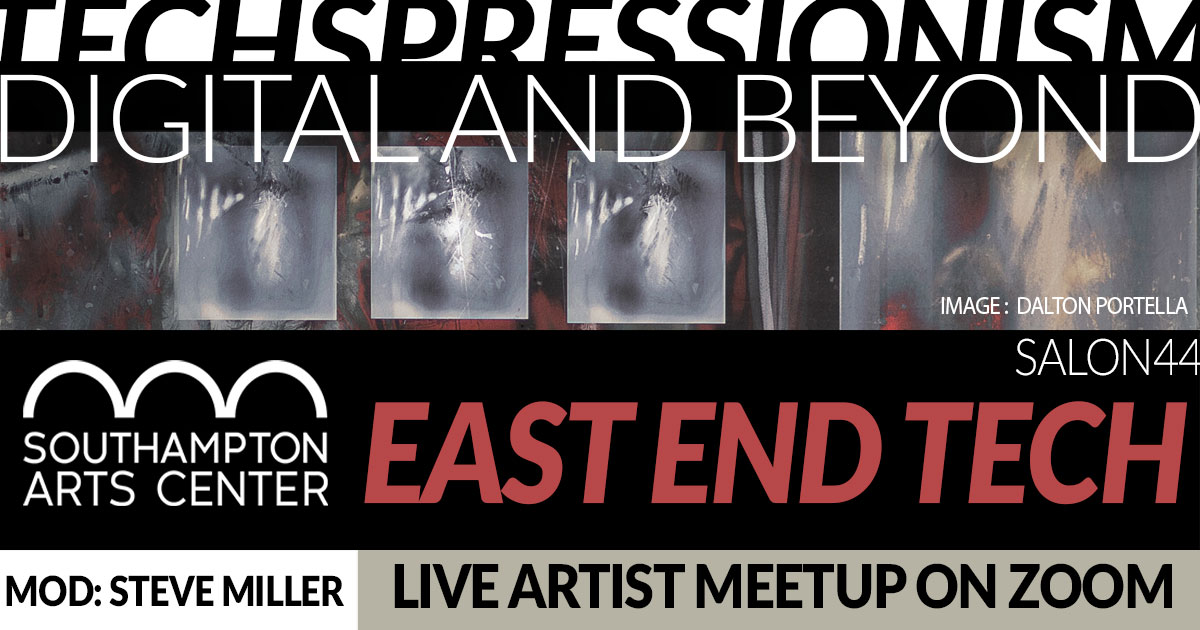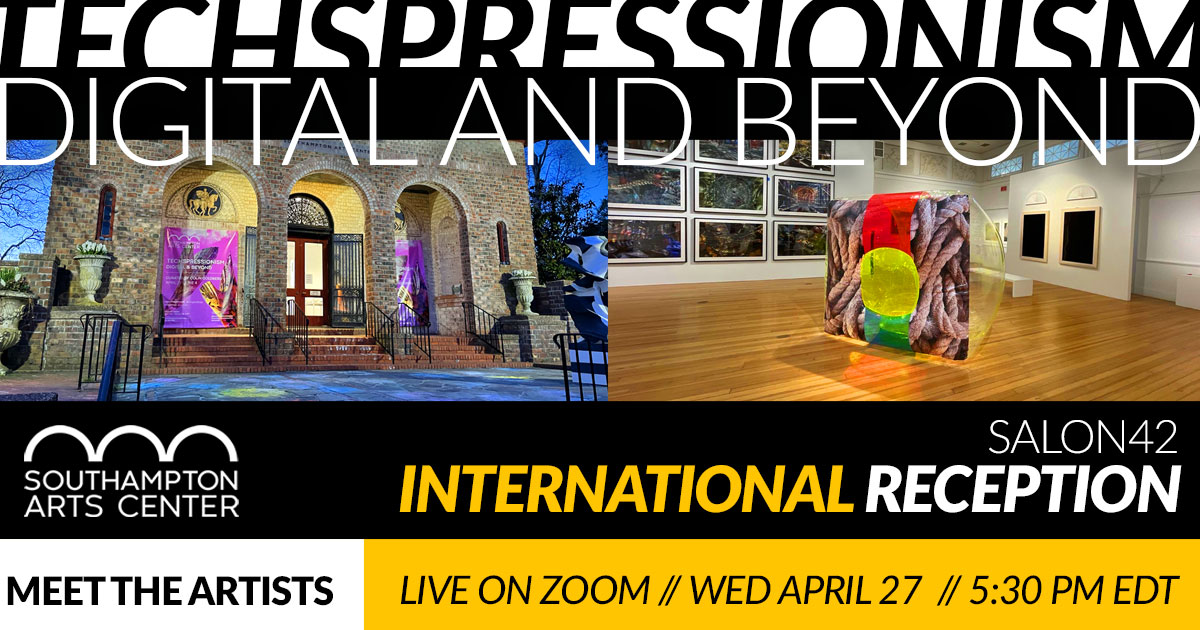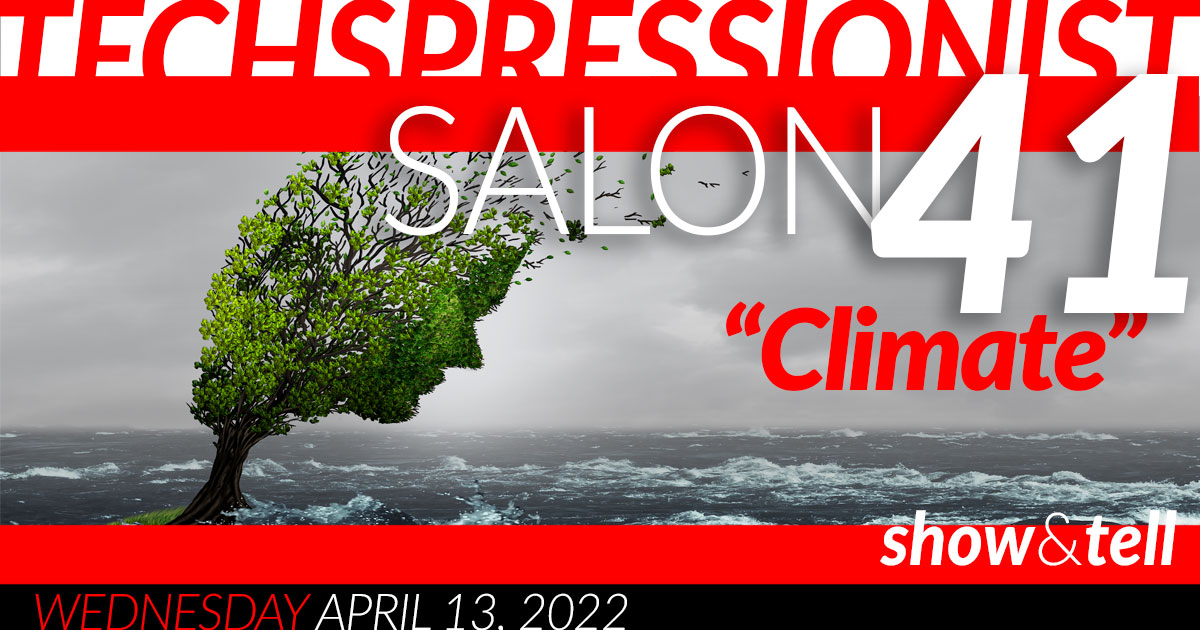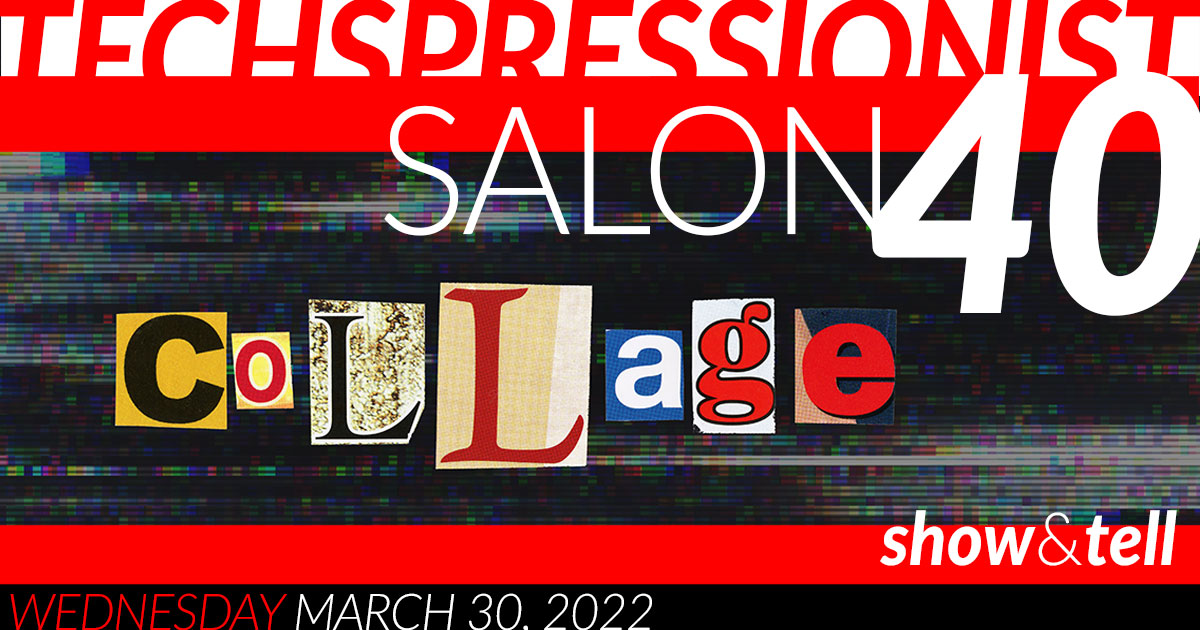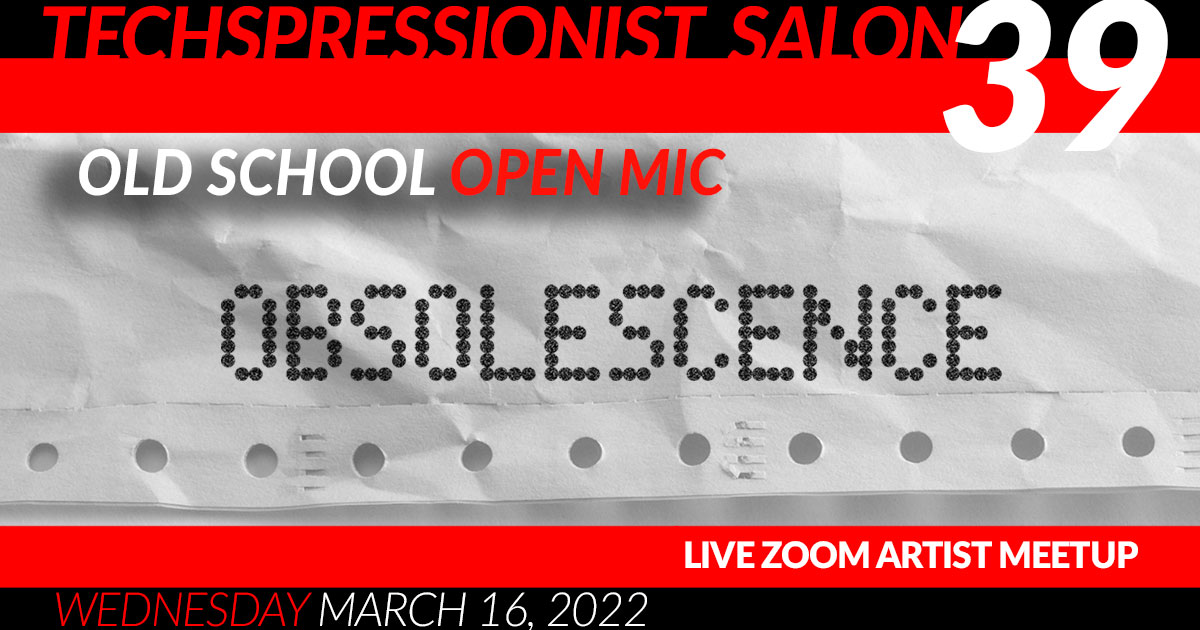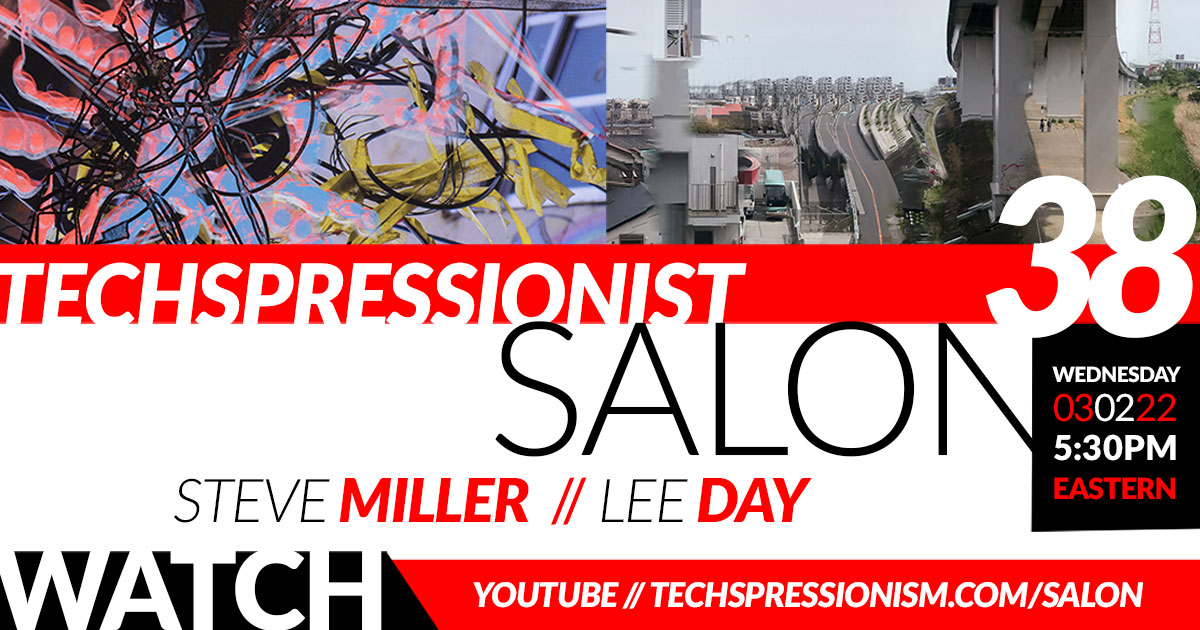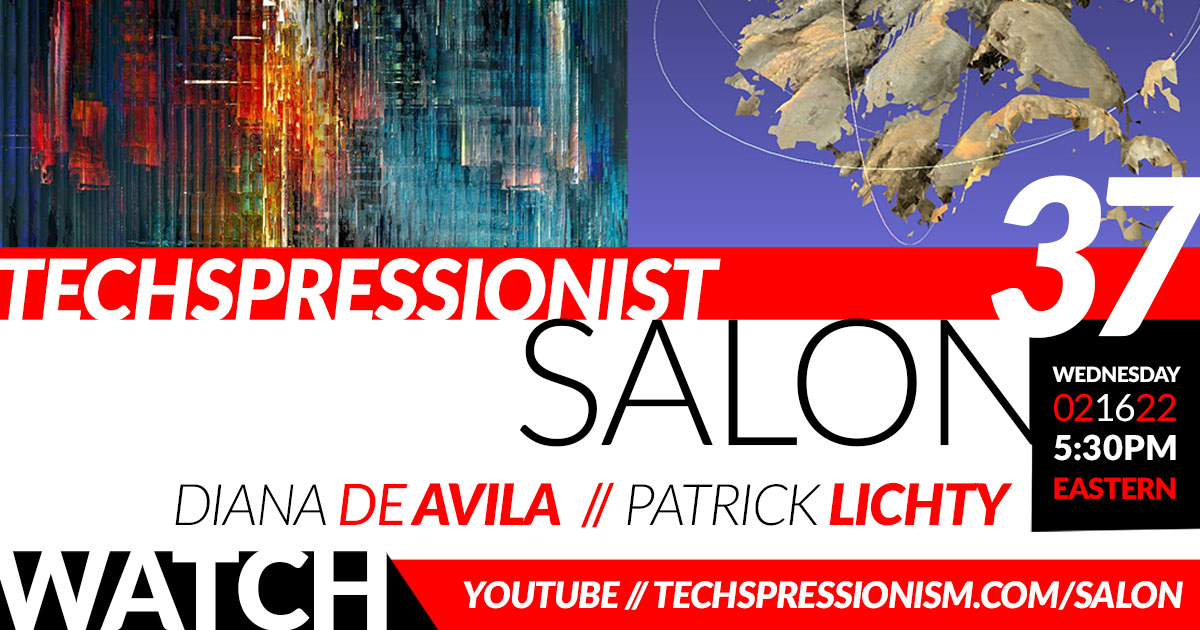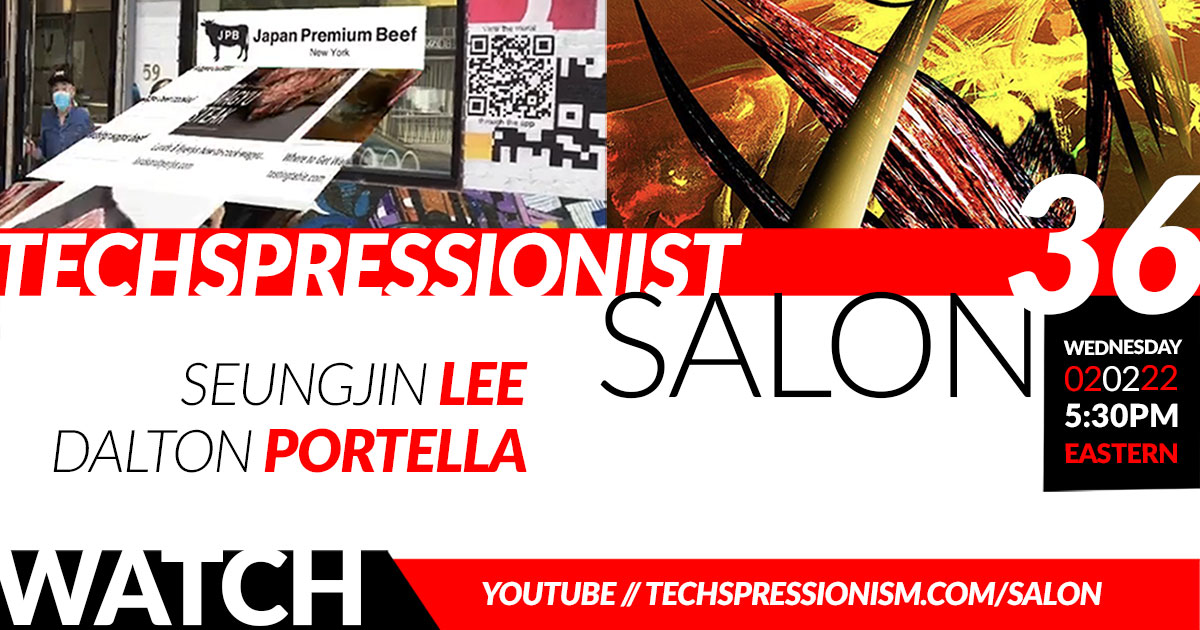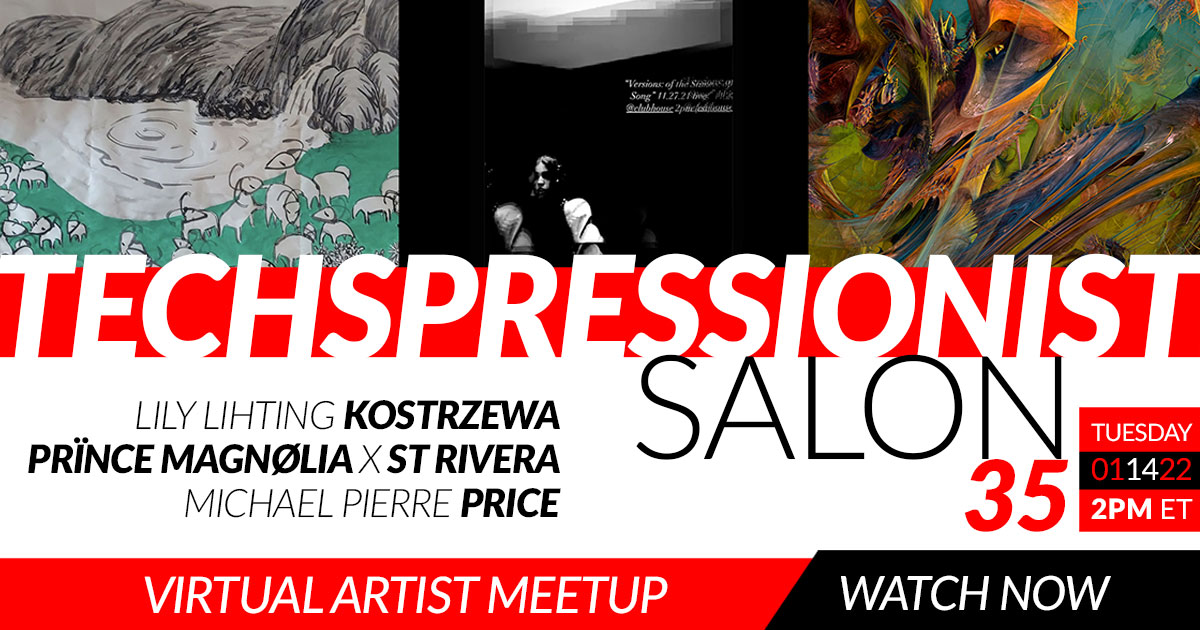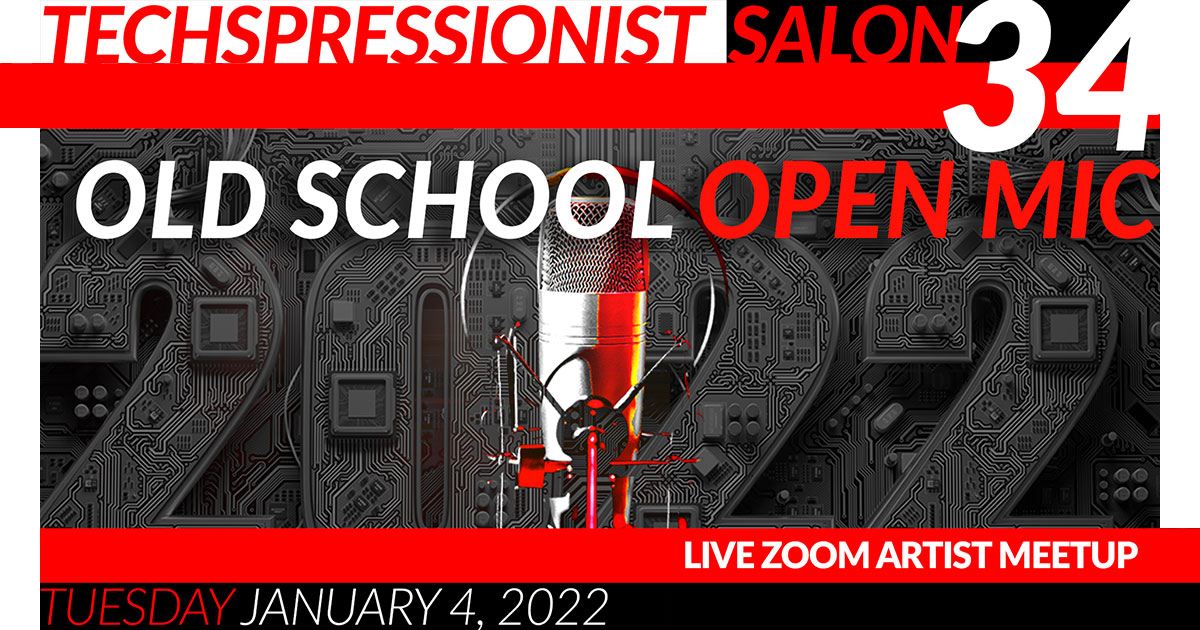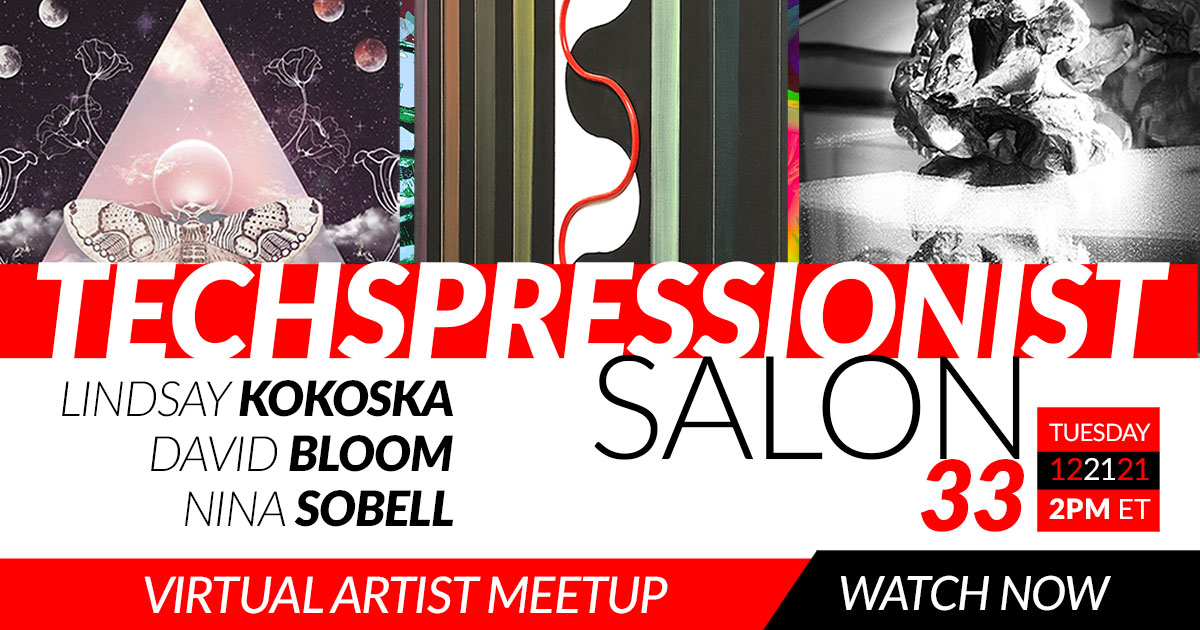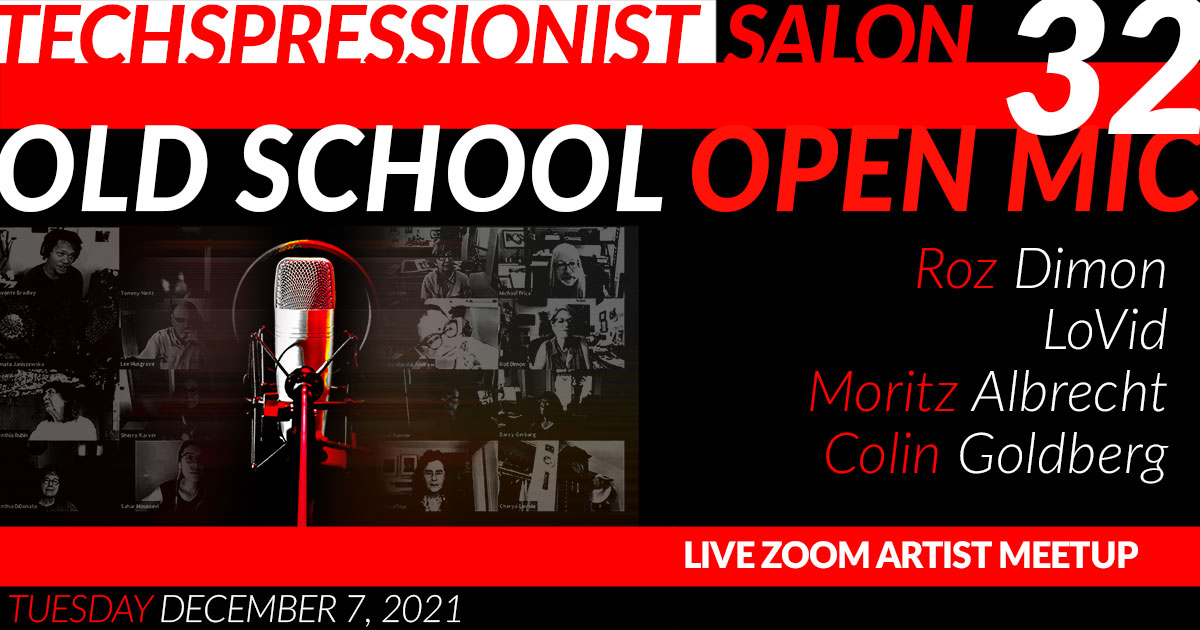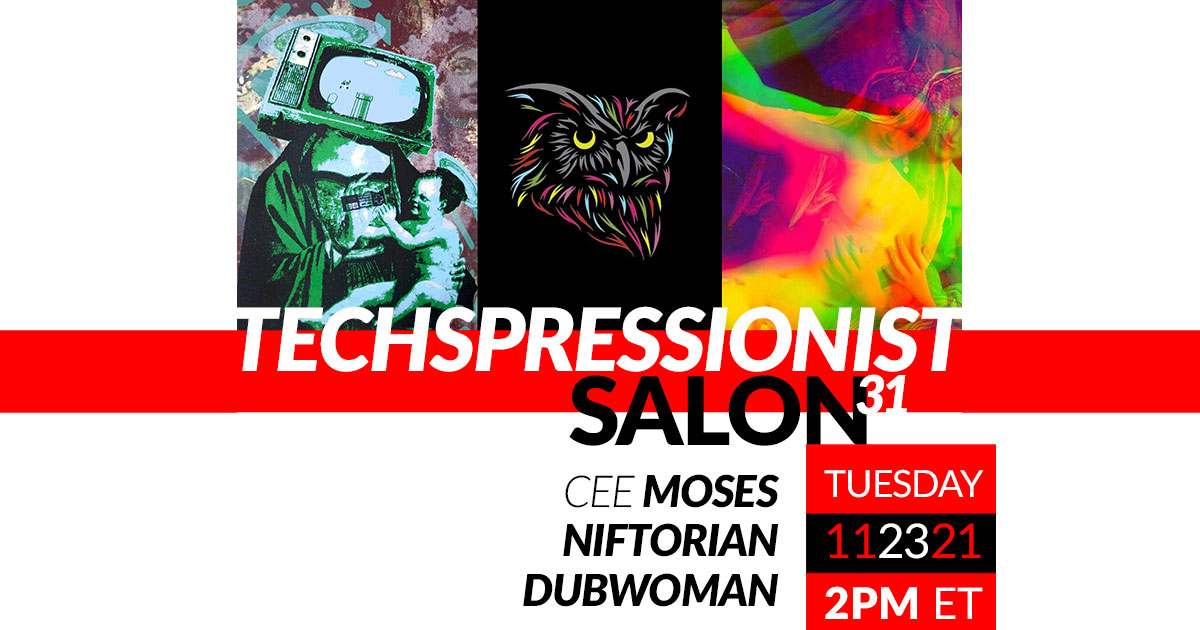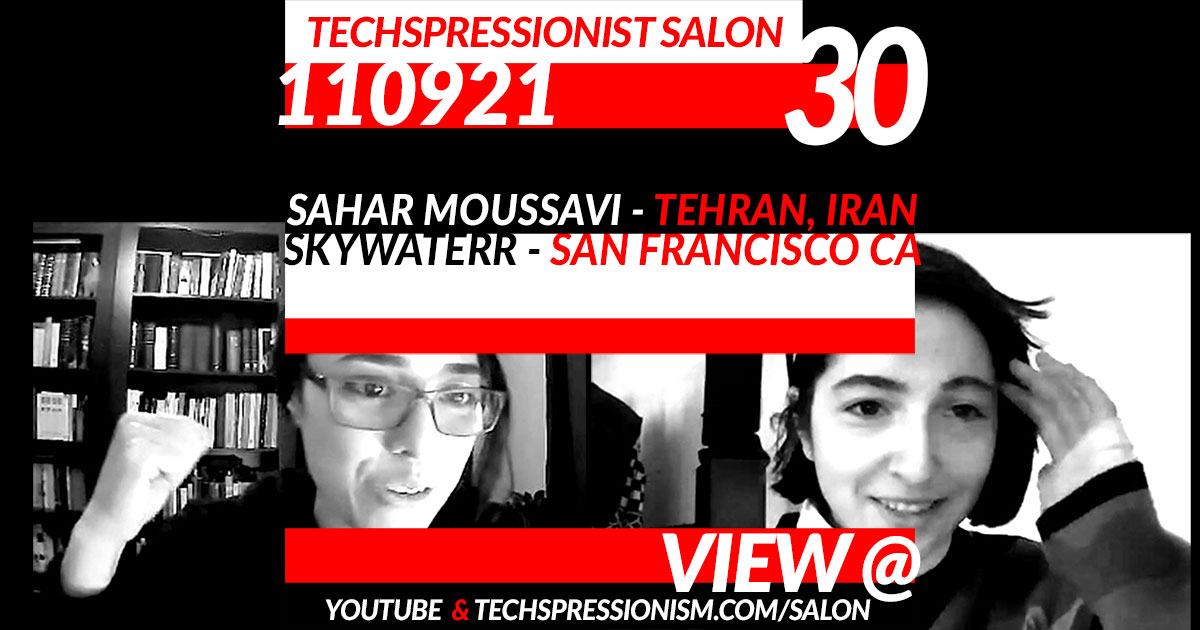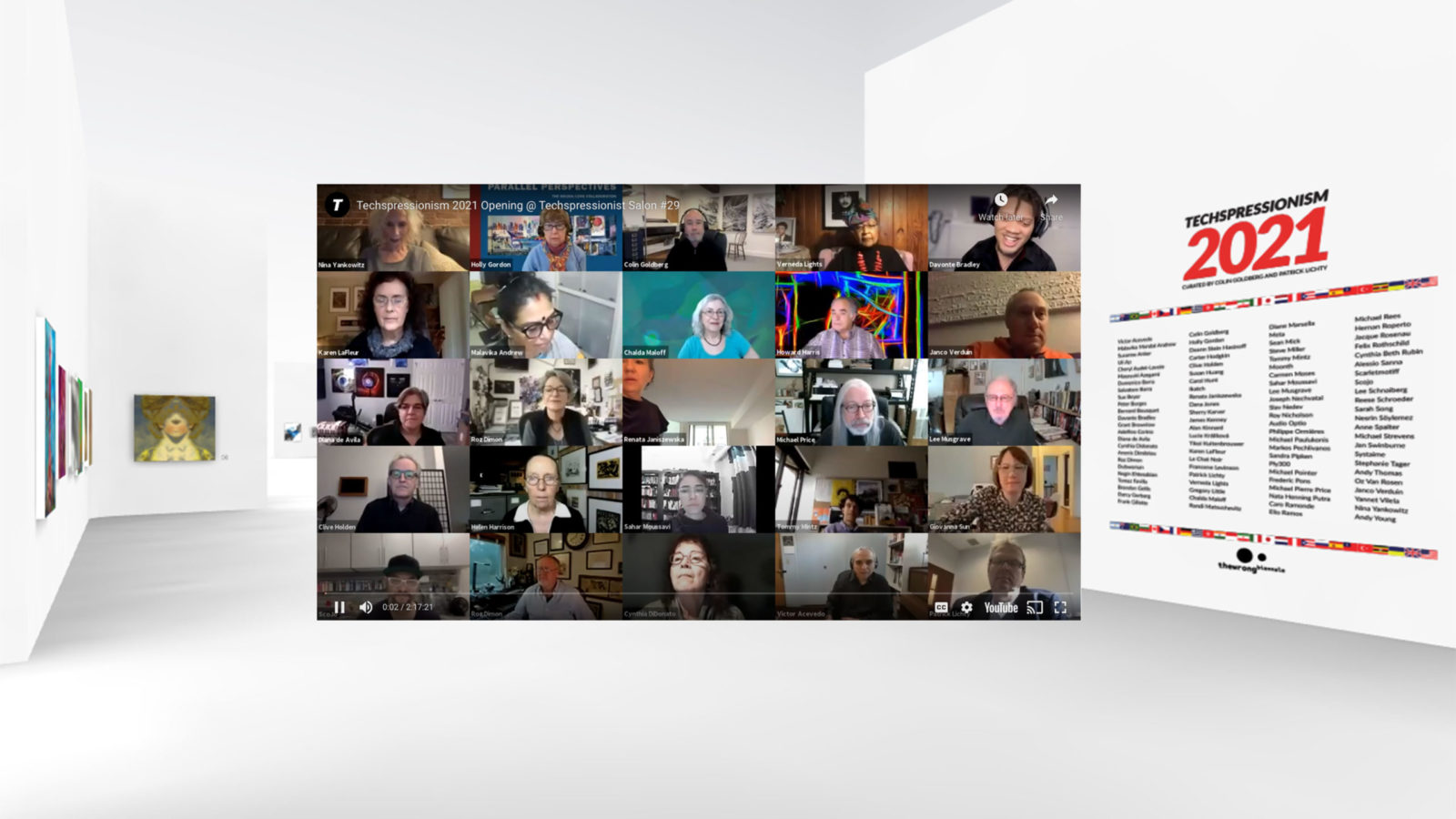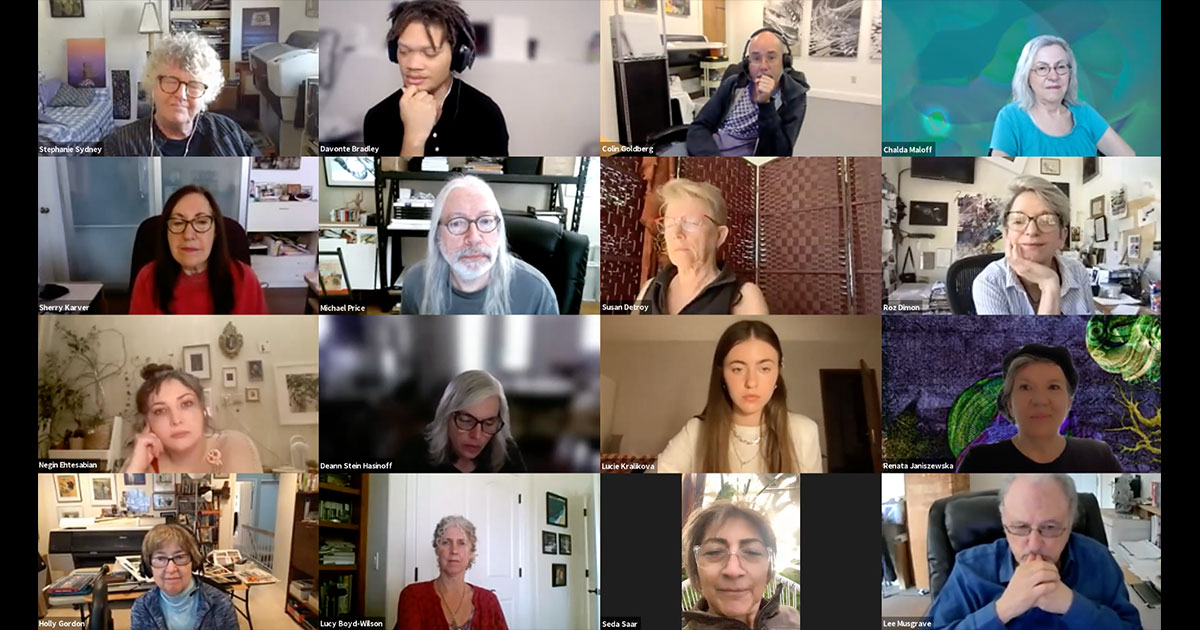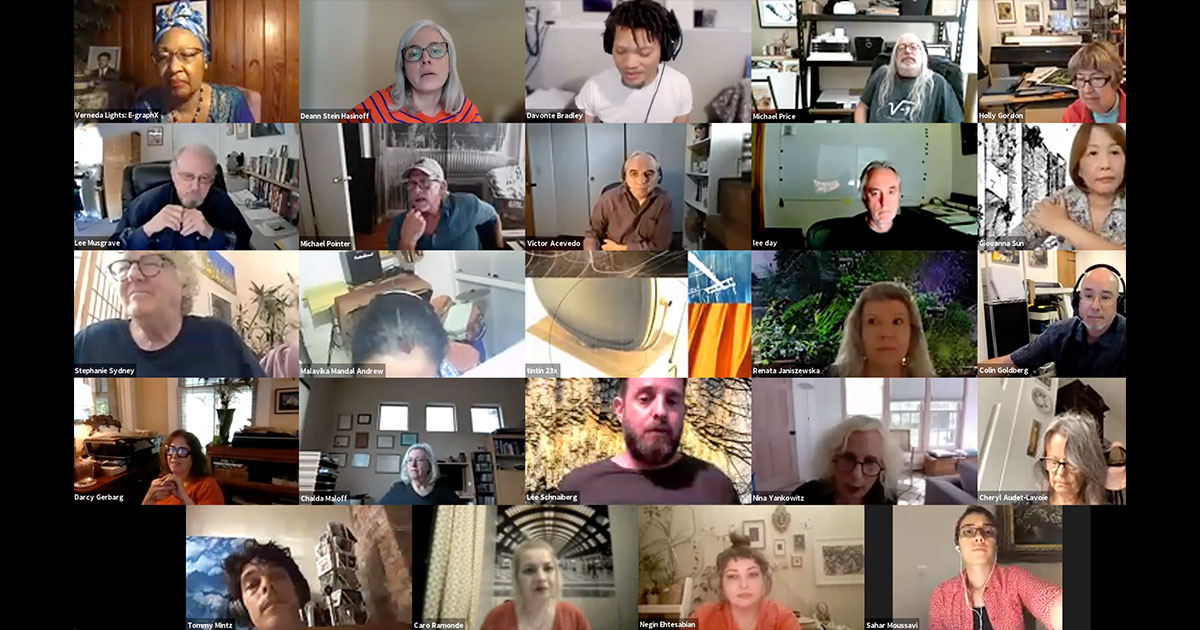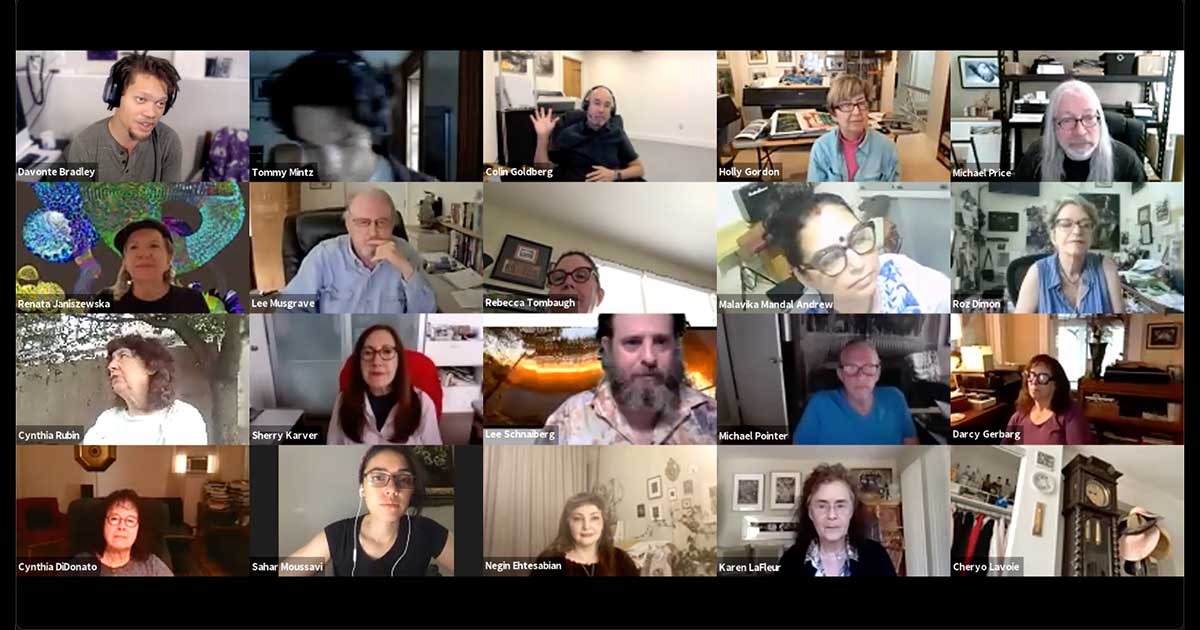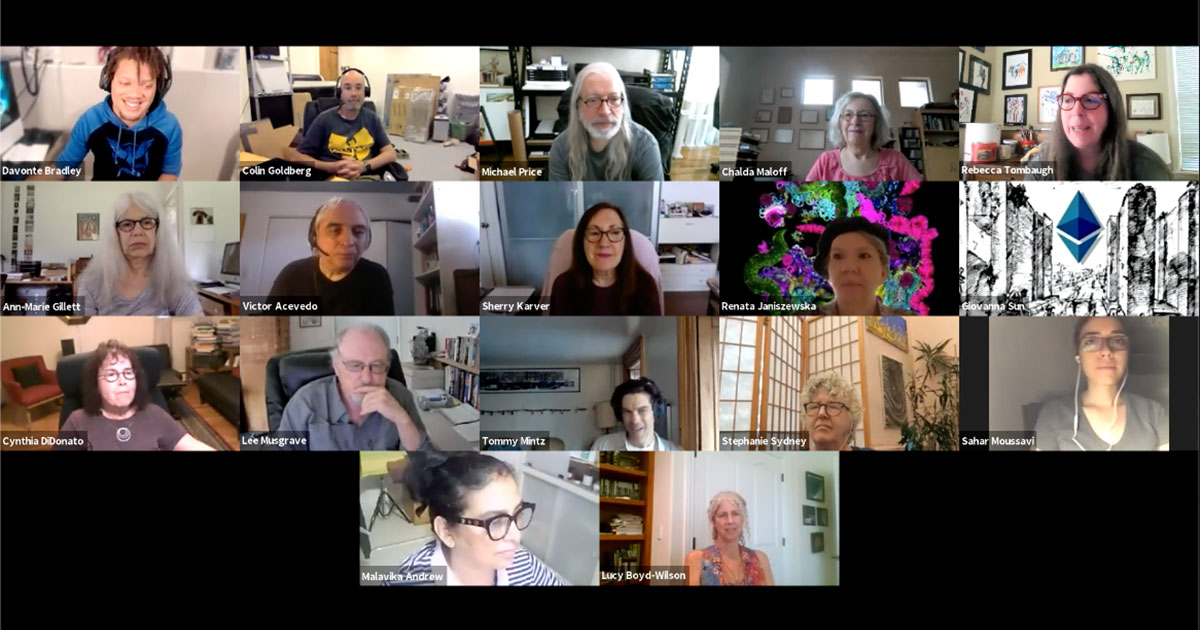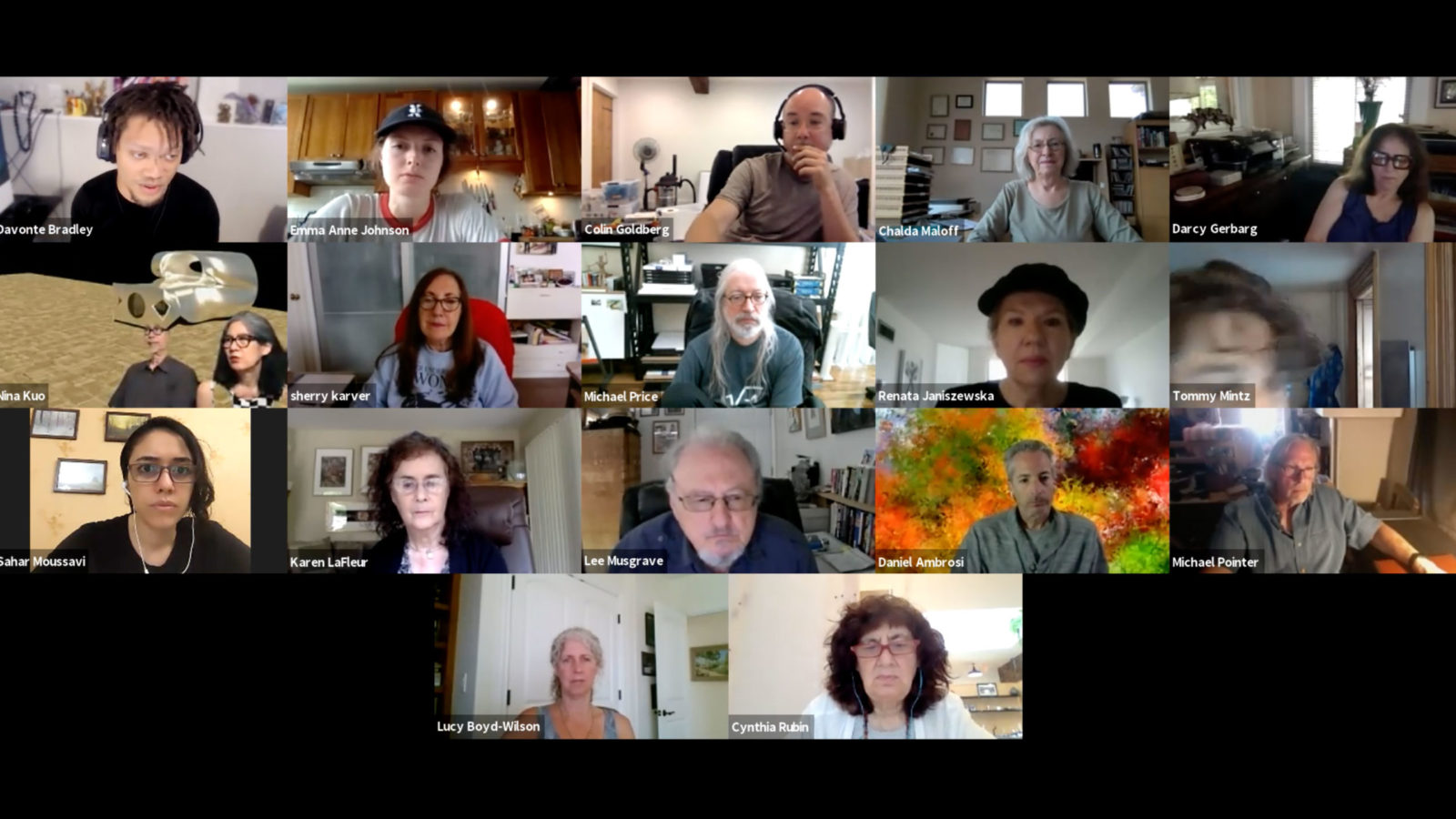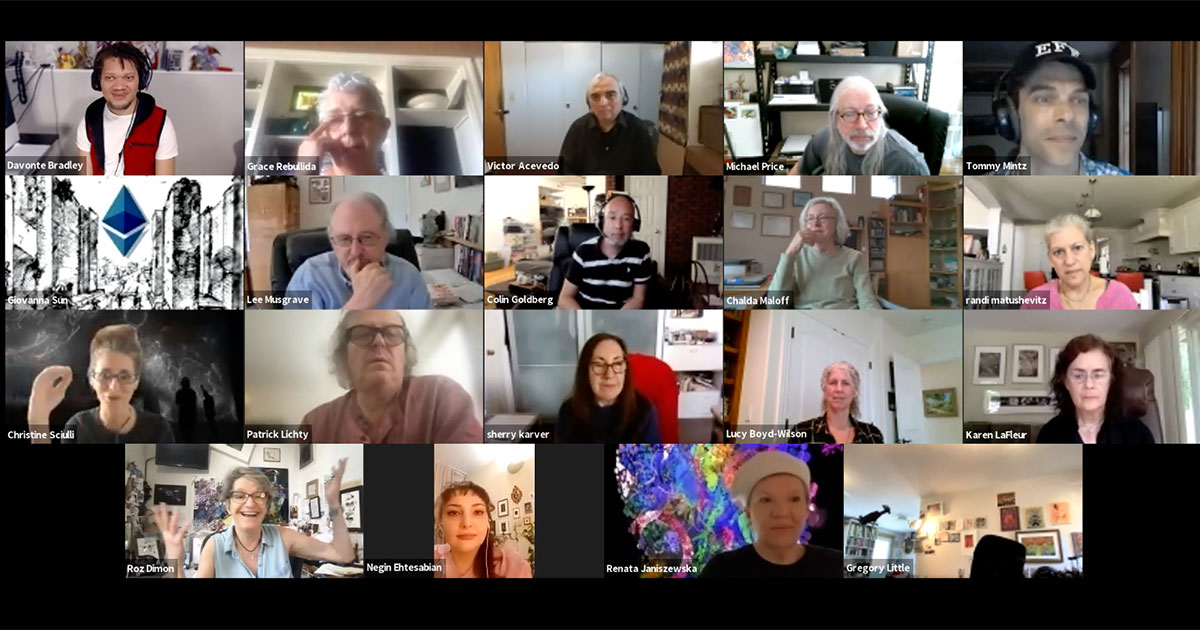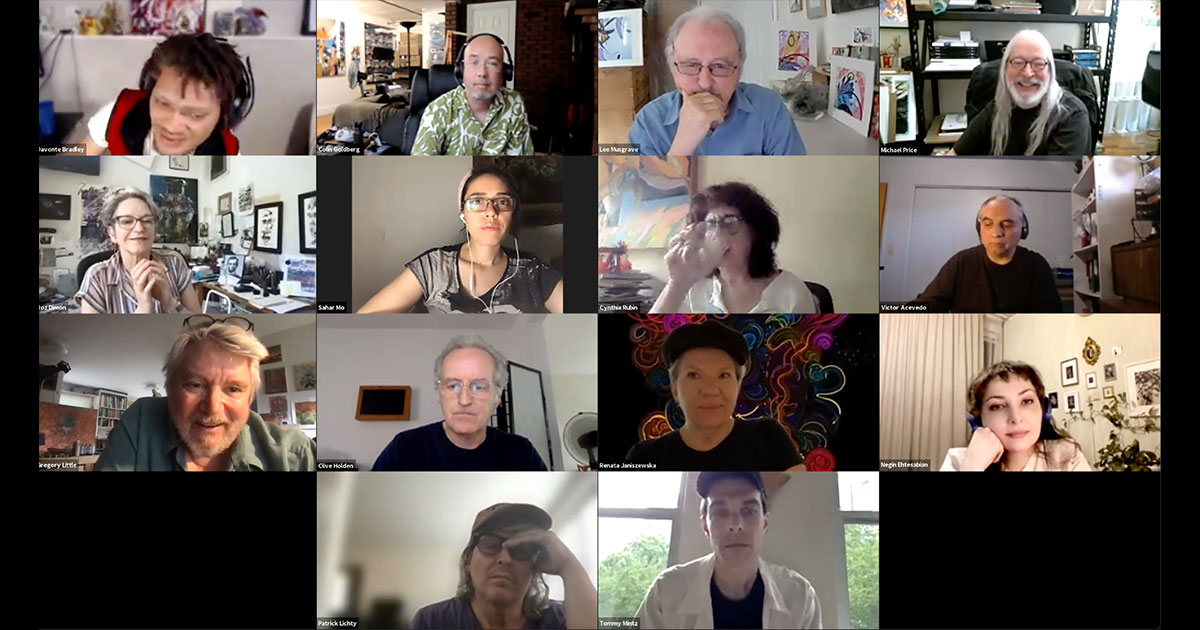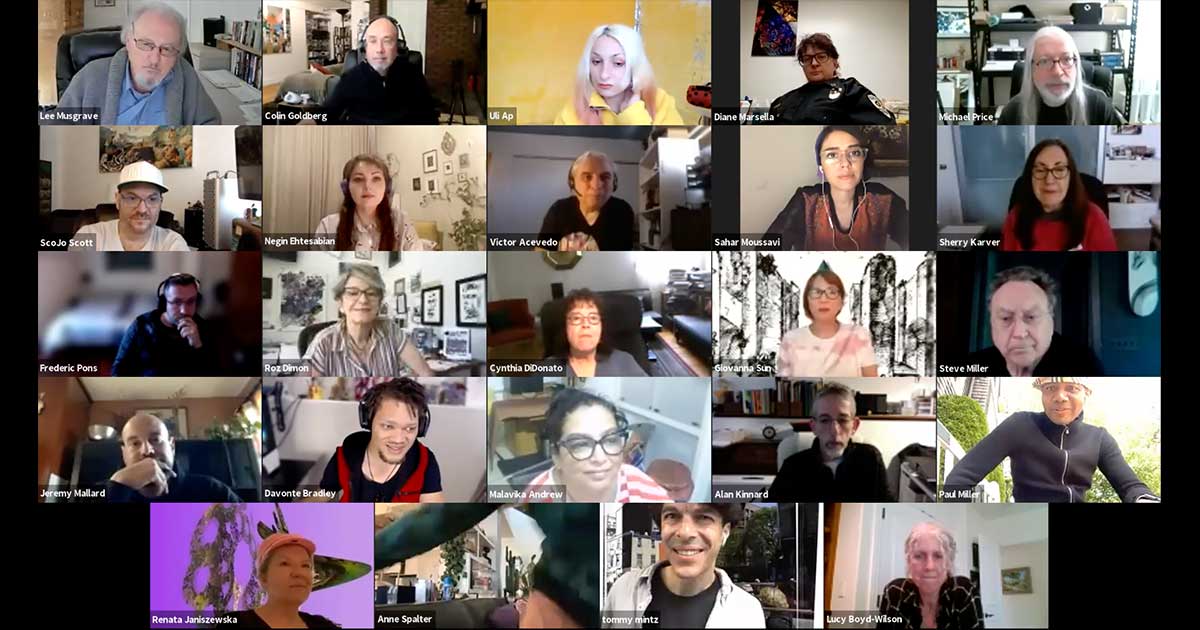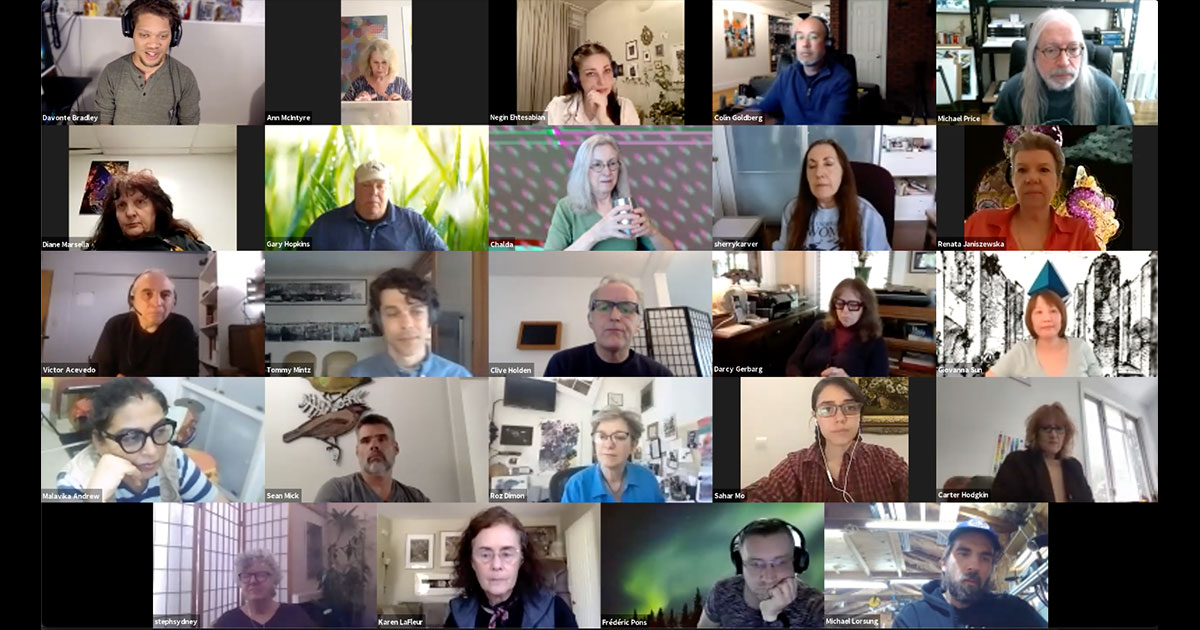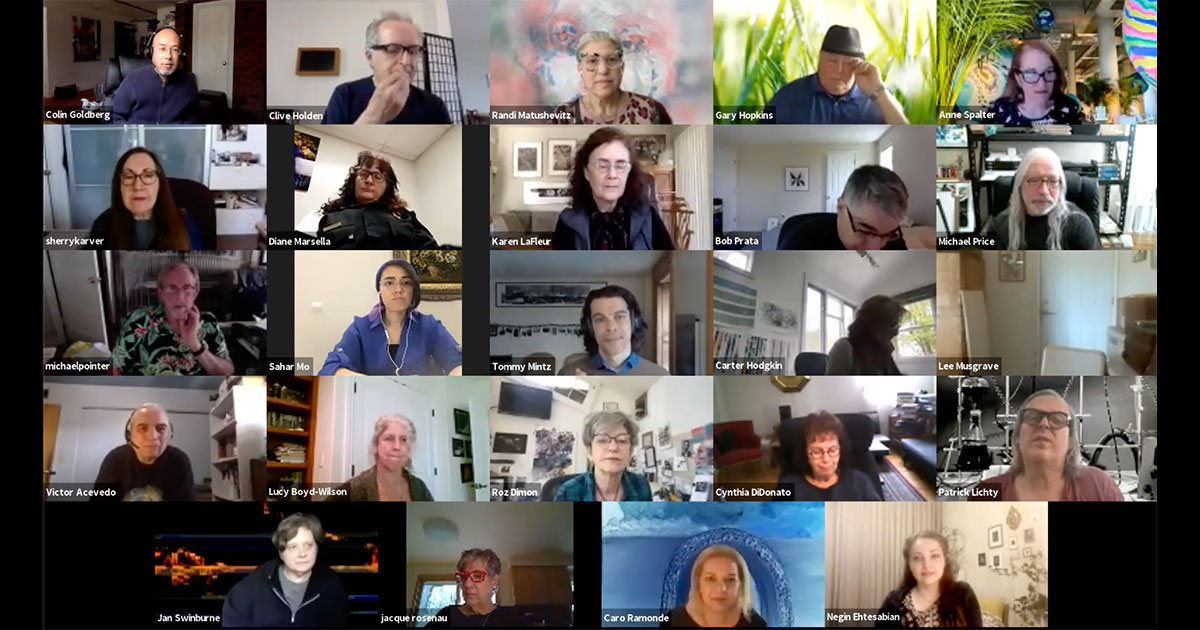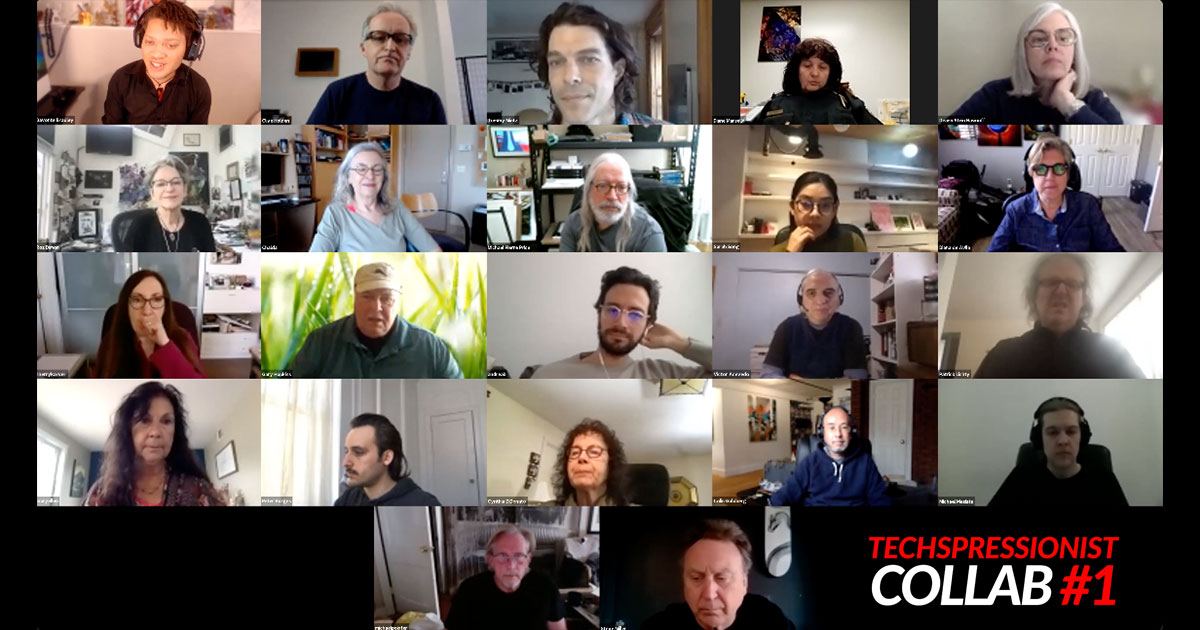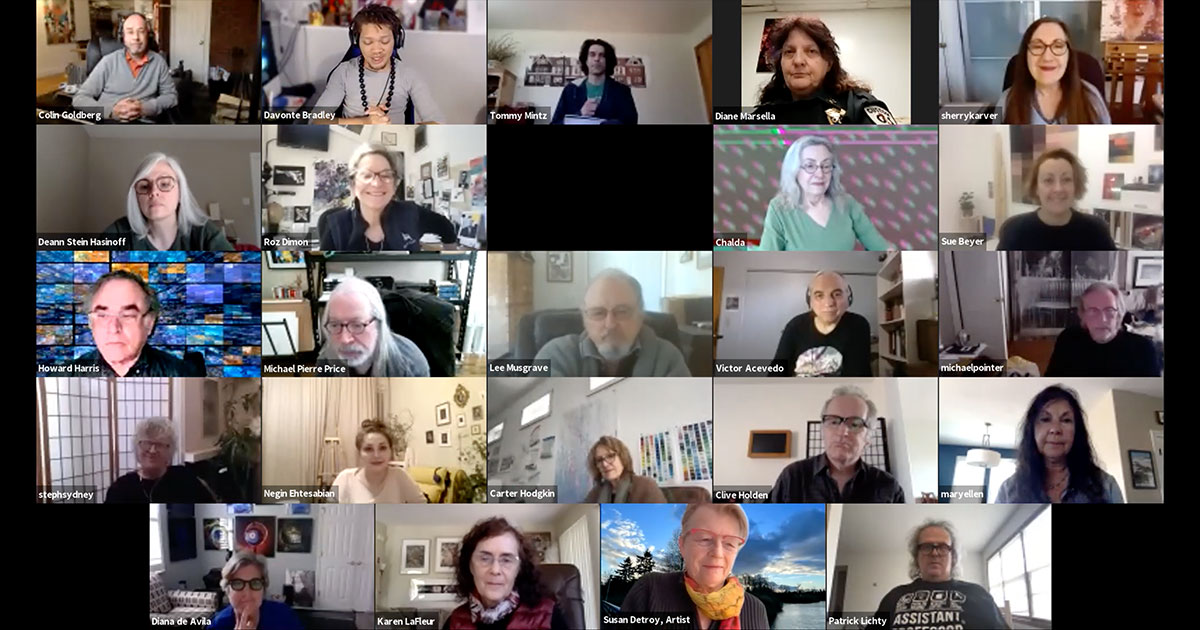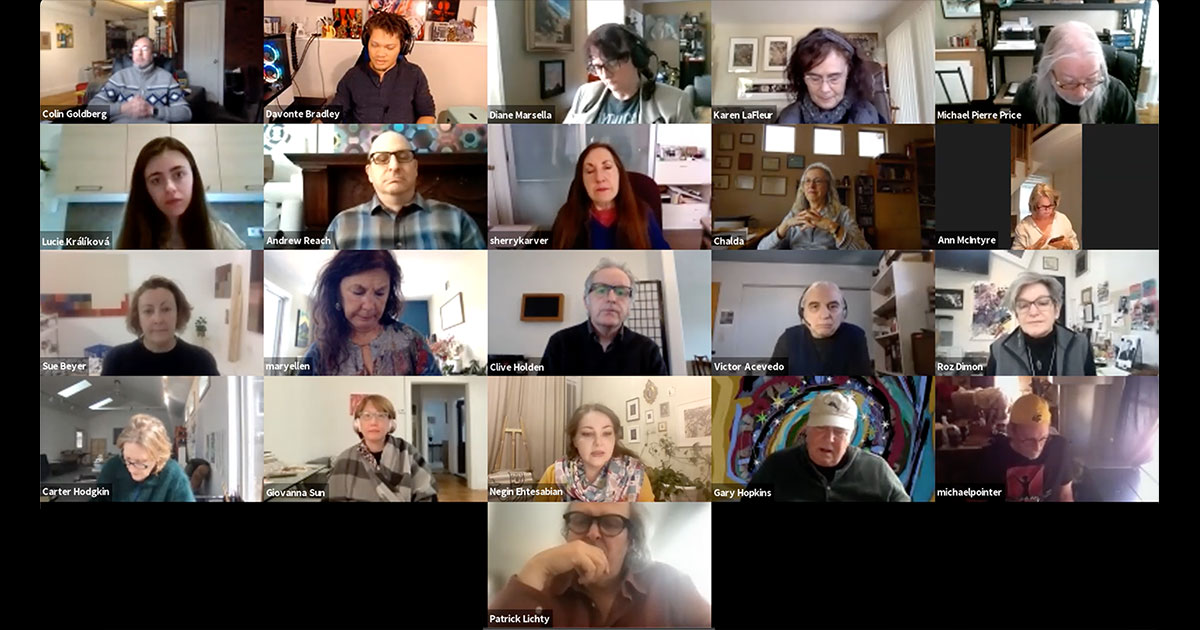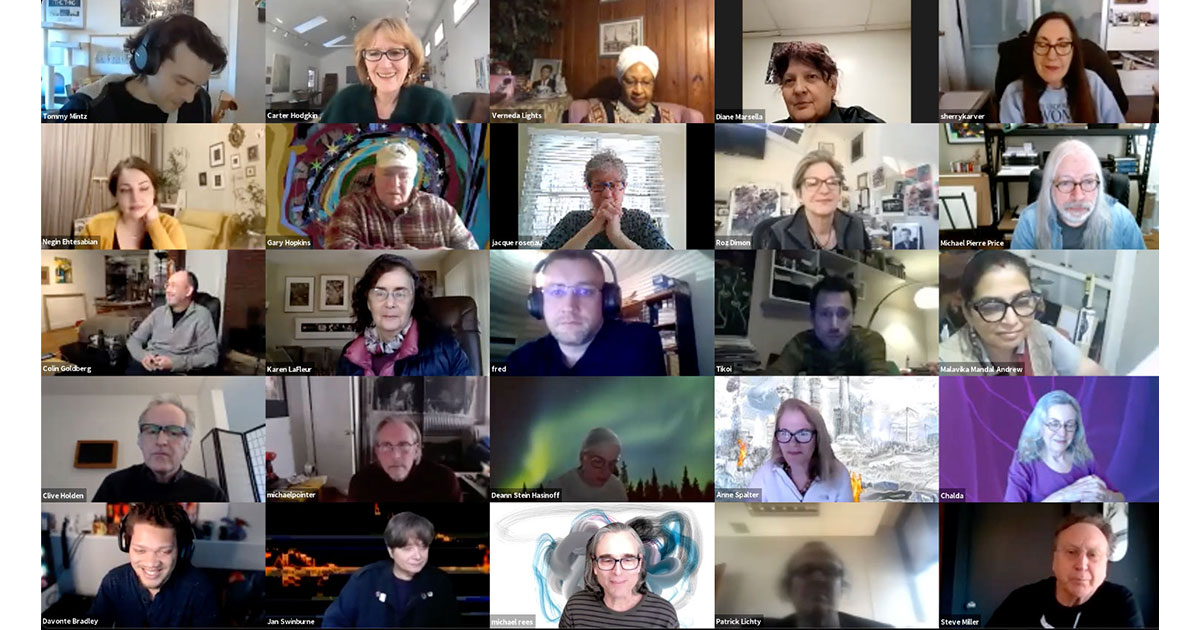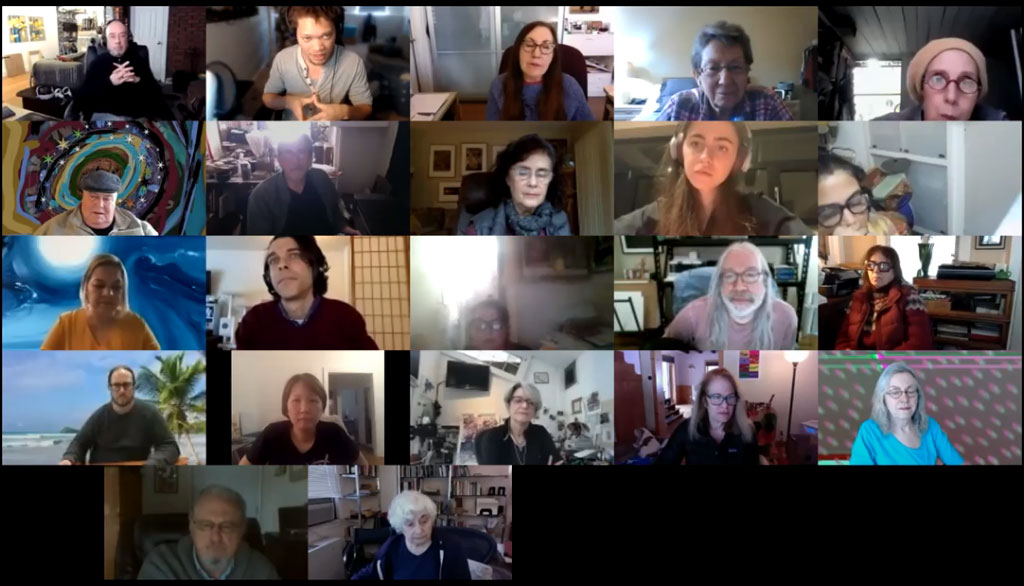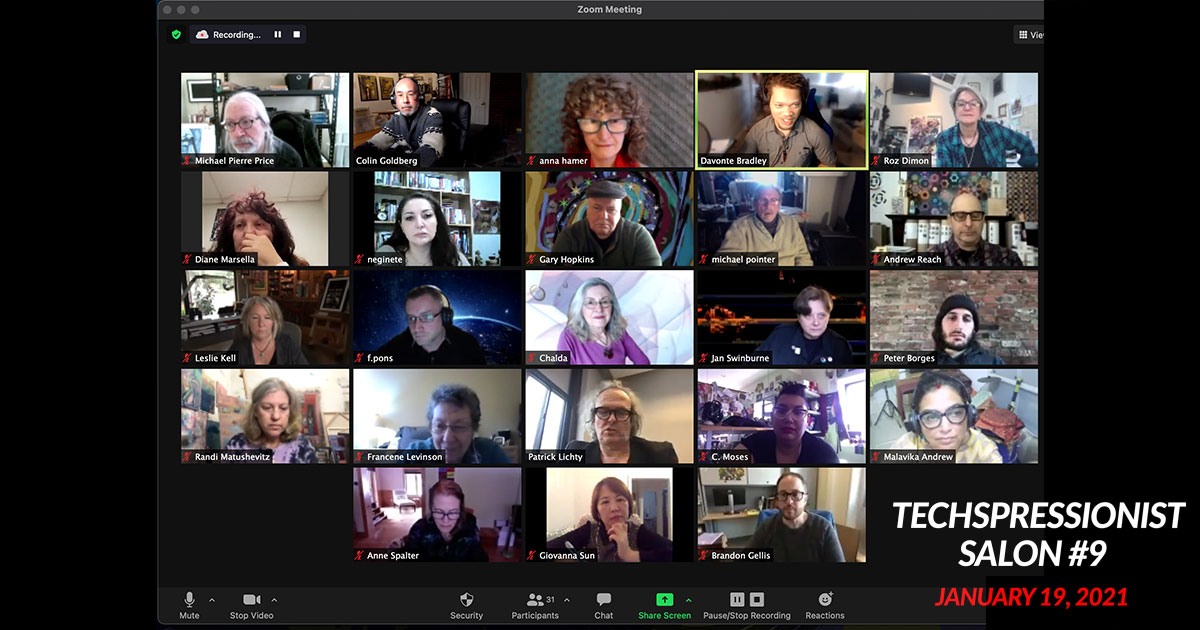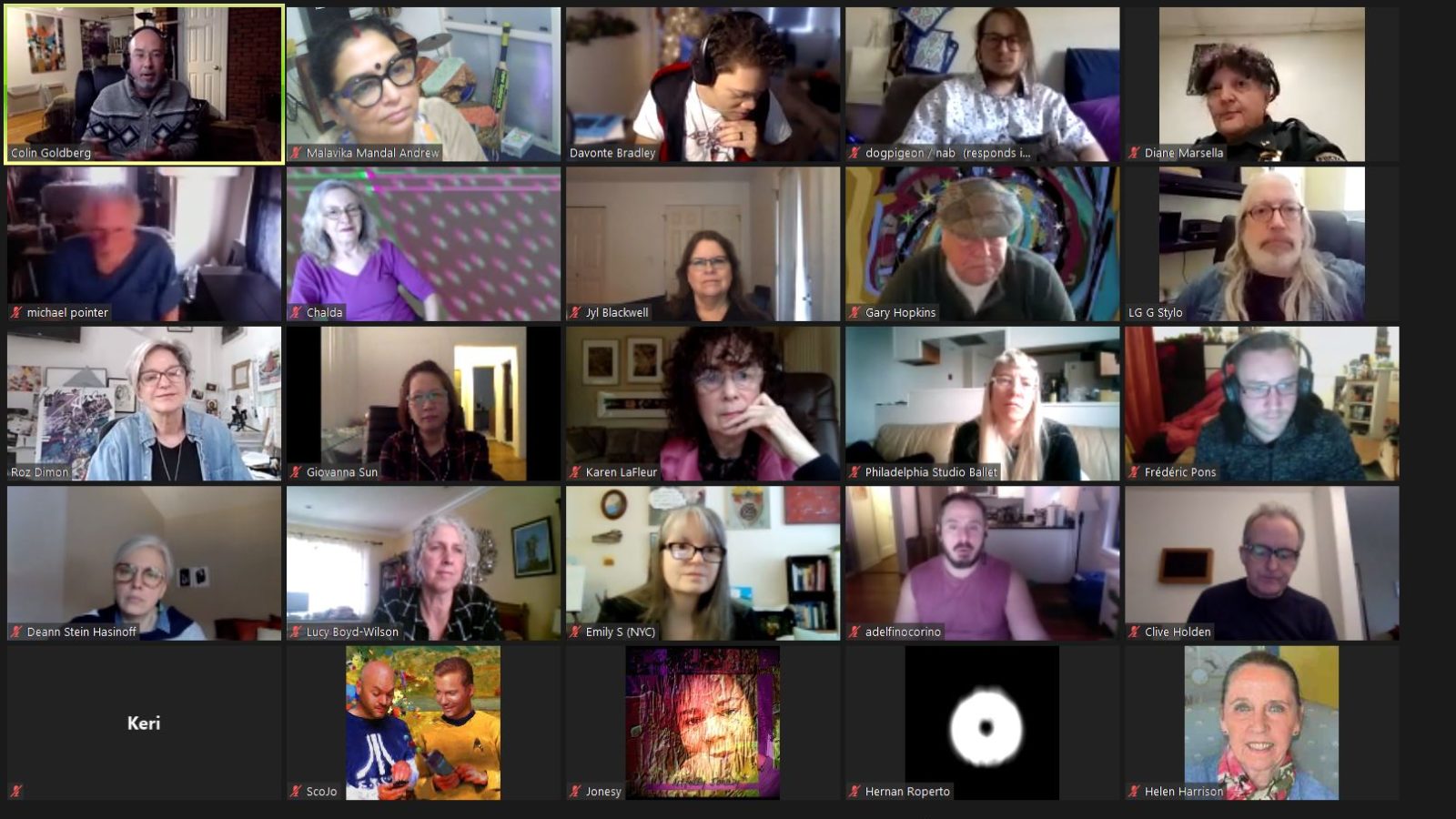Techspressionist Salon 98
Phygital
Recorded September 4, 2025
What Does “Phygital” Mean?
Phygital is a portmanteau combining physical and digital. It refers to experiences, strategies, or environments that seamlessly blend tangible, real-world elements with digital enhancements to create more immersive, interactive, and personalized engagements. Examples include AR-enabled mirrors, QR codes in physical stores, VR pop-up events, smart kiosks, and click-and-collect retail models.
Where Did the Term Originate?
-
Coined in 2007 by Chris Weil (then Chairman & CEO of Momentum Worldwide). The term was coined to emphasize the merging of physical and digital realms in marketing communications.
-
Momentum Worldwide, an Australian-based agency, formally copyrighted the term in 2013 and even embraced it in their motto: “An agency for the Phygital World.”
While some sources ambiguously suggest earlier origins, the most consistent and widely cited history attributes the term to Chris Weil in 2007 with official adoption by Momentum in 2013.
Meaning in Fine Art
A phygital artwork is one that exists both as a tangible object (painting, sculpture, print, installation) and as a digital counterpart (NFT, AR layer, digital animation, interactive projection, or virtual model). The two components are conceptually and often contractually linked, forming one unified piece.
Common Contexts
-
Hybrid Artworks
-
A painting embedded with an augmented reality (AR) experience accessible via phone or tablet.
-
A bronze sculpture accompanied by a 3D digital twin that can be viewed in VR.
-
-
Phygital Collecting
-
Selling a physical work with a blockchain-verified NFT that serves as proof of authenticity or unlocks additional digital experiences.
-
Offering collectors both the original and a tradable digital version.
-
-
Exhibitions & Installations
-
Galleries and museums presenting works that can be explored in person and through immersive digital extensions online.
-
Physical shows with virtual replicas for a global audience.
-
-
Market & Provenance
-
In the NFT boom (2020–2022), “phygital” became a key term for artists bridging traditional and crypto art markets—adding permanence, collectability, and tactile value to otherwise purely digital assets.
-
Why It Matters in Fine Art
-
Bridges audiences: Appeals to both traditional collectors and digitally native buyers.
-
Expands storytelling: Digital layers can deepen meaning through animation, sound, or interactivity.
-
Secures provenance: Blockchain records tie physical works to immutable digital certificates.
-
Opens global access: Digital versions extend reach beyond the gallery walls.
WHAT IS A TECHSPRESSIONIST SALON?
Techspressionist Salons are a time and place in cyberspace where artists gather once a month to hang out, share their work and discuss matters relating to art, philosophy, and technology.
These meetups were conceived as a modern counterpart to the Surrealist salons of the 1920’s, in which artists could meet informally to socialize and discuss ideas. Techspressionism is a 100% volunteer-based international artist community.
The First Techspressionist Salon was held on September 1, 2020, and included artists Colin Goldberg, Patrick Lichty, Steve Miller and Oz Van Rosen, as well as art historian Helen Harrison, Director of the Pollock-Krasner House and Study Center, the former home and studio of painters Jackson Pollock and Lee Krasner. During this first Salon session, the working definition of Techspressionism was decided upon by the participants as: “An artistic approach in which technology is utilized as a means to express emotional experience.”
Artist Davonte Bradley (aka DAVO) proposed the idea of recording the Salons and publishing them on the Techspressionism YouTube Channel, which was implemented starting with Salon #8.
Salons are moderated by a rotating panel of artist volunteers. After the recording ends, artists are welcome to hang out for the afterparty (aka advisory board meeting), in which the topic for the next Salon is decided upon, and other community-related ideas are discussed.

